Looking for the best museums in Brazil? These are the best ones:
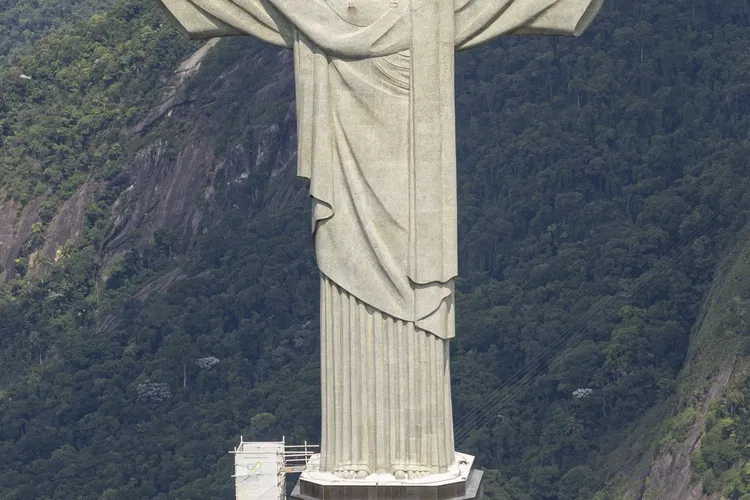
Christ the Redeemer
Rio de Janeiro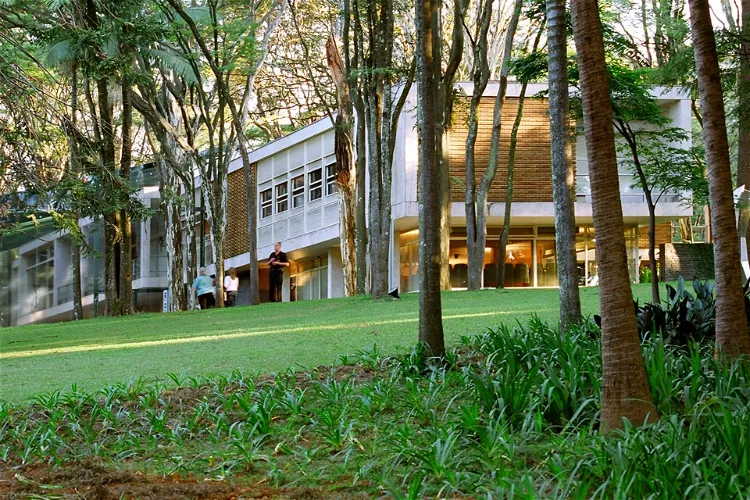
Maria Luisa and Oscar Americano Foundation
São PauloThe Maria Luisa and Oscar Americano Foundation is situated in the city of São Paulo, specifically at Morumbi 4077, right across from the Palácio dos Bandeirantes. This location was once the residence of a couple who donated it to the city as a place of leisure and culture. It is now a significant cultural and leisure space in the city.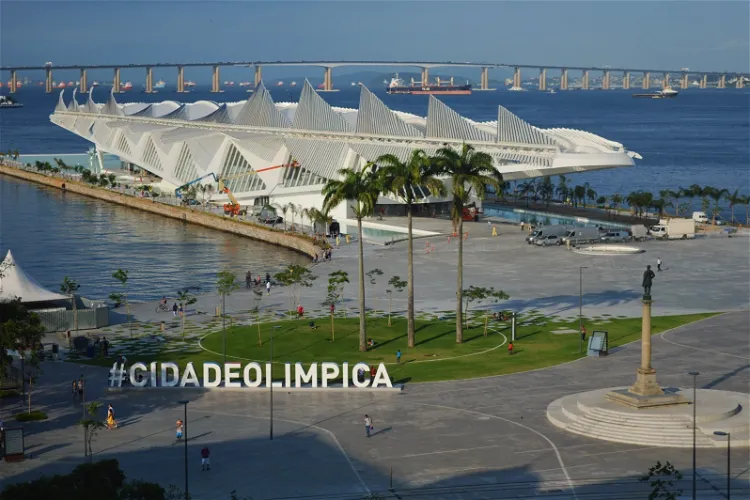
Museum of Tomorrow
Rio de JaneiroThe Museum of Tomorrow, or Museu do Amanhã in Portuguese, is a neofuturistic science museum located in Rio de Janeiro, Brazil. It was designed by the renowned Spanish architect Santiago Calatrava and is situated next to the sea at Maua Pier. This unique location adds to the museum's appeal, offering visitors a chance to explore the world of science while enjoying the beautiful seaside views.
São Paulo Museum of Art
São PauloThe São Paulo Museum of Art, also known as MASP, is a significant cultural center in Brazil. It is located on Paulista Avenue, a bustling street in the heart of São Paulo, and faces the beautiful Trianon Park. This location makes it easily accessible for tourists visiting the city.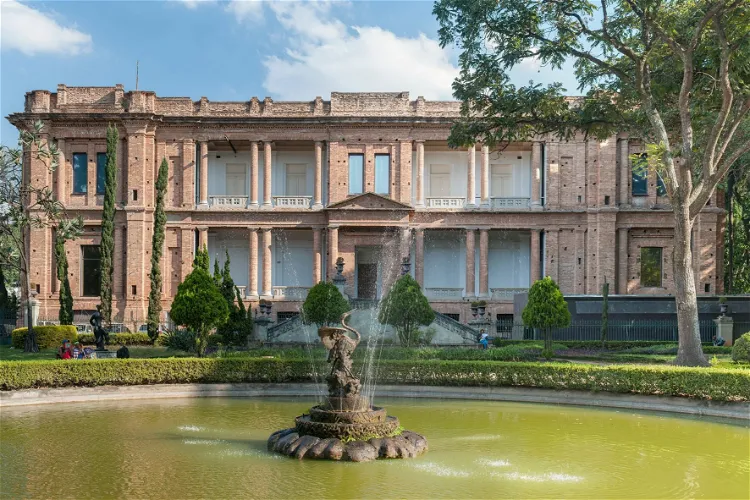
Pinacoteca of the State of Sao Paulo
São PauloIf you're a fan of art, you should consider visiting this interesting museum in a beautiful building in the city centre where you can find important works of art from Brasil as well as from all around the world. The museum is more than a hundred years old and you can admire here a variety of sculptu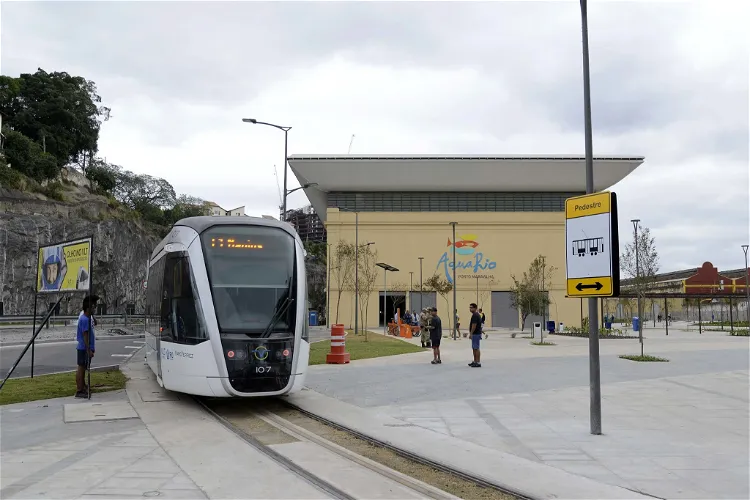
Marine Aquarium of Rio de Janeiro
Rio de JaneiroThe Marine Aquarium of Rio de Janeiro, also known as AquaRio, is a public aquarium situated in the Gamboa neighborhood, within the port zone of Rio de Janeiro, Brazil. It is easily accessible and offers a unique opportunity to explore marine life in a controlled environment. The aquarium is home to a wide variety of marine species, making it a fascinating destination for both adults and children.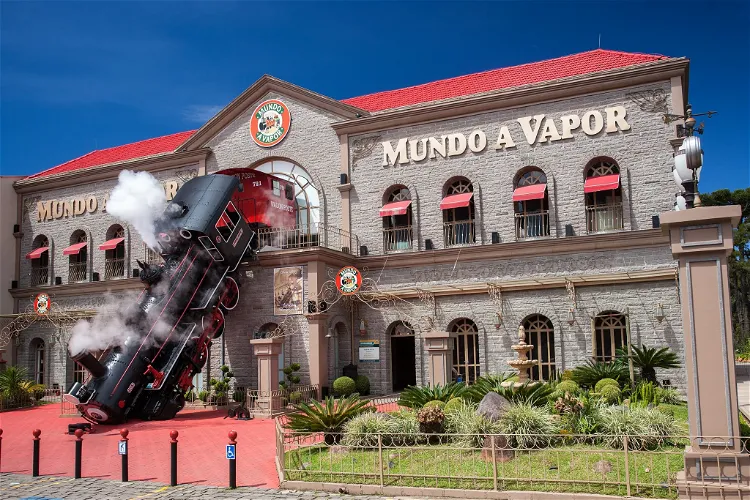
Steam World Museum
CanelaMundo a Vapor is a unique theme park situated in Canela, Rio Grande do Sul, Brazil. The park offers visitors an opportunity to explore replicas of various machines that were once powered by steam. These include a paper factory, a pottery, and a blacksmith, among others. This provides a fascinating insight into the industrial history and the role of steam power in the past.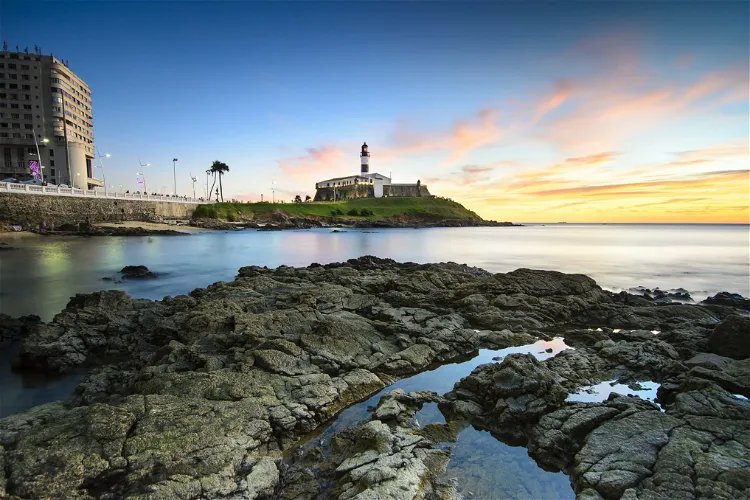
Barra Lighthouse
SalvadorThe Barra Lighthouse, also known as the Santo Antônio Lighthouse, is a significant landmark located in Salvador, Bahia, Brazil. It is situated at the entrance of the Bay of All Saints, offering a strategic viewpoint of the surrounding area. This location makes it a popular spot for tourists who are interested in exploring the historical and natural beauty of Salvador.
House of the Roses
São PauloLa Casa das Rosas, located at 37 Avenida Paulista in the city of São Paulo, is a significant cultural landmark. The building was designed by the Ramos de Azevedo studio and completed in 1935. It served as a residence until 1986, when it was expropriated by the São Paulo state government.
Royal Portuguese Reading Room
Rio de JaneiroThe Royal Portuguese Cabinet of Reading, a library and lusophone cultural institution, is situated at Luís de Camões Street, number 30, in the heart of Rio de Janeiro, Brazil. This location makes it easily accessible for tourists visiting the city center.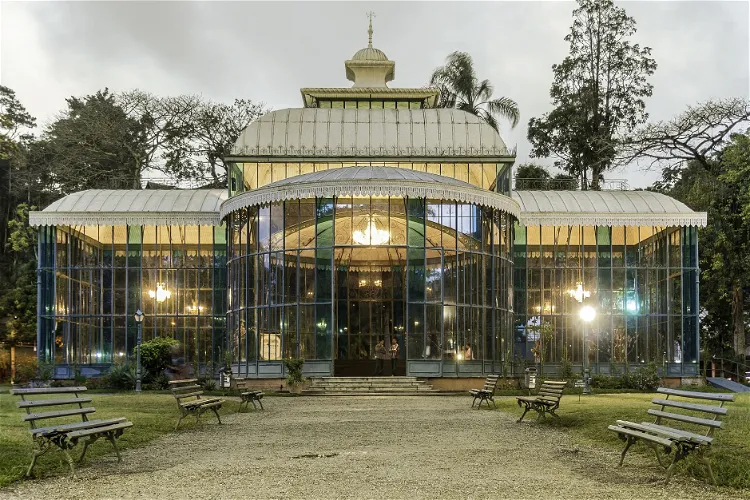
Palácio de Cristal
PetrópolisThe Crystal Palace, located in the city of Petrópolis in the state of Rio de Janeiro, is a historical site that was inaugurated in 1884. Originally, it was built to house agricultural exhibitions. However, today it serves as a venue for various exhibitions and events, making it a lively and interesting place for tourists to visit.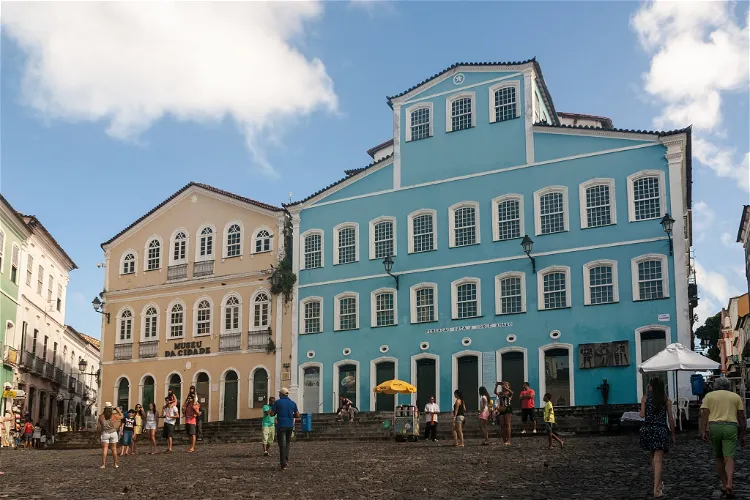
Jorge Amado House
SalvadorThe Jorge Amado House Foundation is a non-profit, non-governmental organization located in Salvador, Bahia, Brazil. It is a cultural institution that offers various activities and serves as a research center with documentation about Jorge Amado, Zélia Gattai, and Bahian literature. The foundation's mission is to preserve, research, and disseminate the bibliographic and artistic collections of Jorge Amado, as well as to encourage and support studies and research on the writer's life and on Bahian art and literature.
Sambadrome Marquês de Sapucaí
Rio de JaneiroThe Sambodrome Marquês de Sapucaí, also known as Sambódromo da Marquês de Sapucaí or simply 'sambodrome', is a significant location in Rio de Janeiro, Brazil. This avenue, surrounded by grandstands, is the venue for the parade of the best samba schools during the city's famous Carnival. It's a vibrant and lively place where the spirit of the Carnival comes alive, with samba schools showcasing their talent and creativity.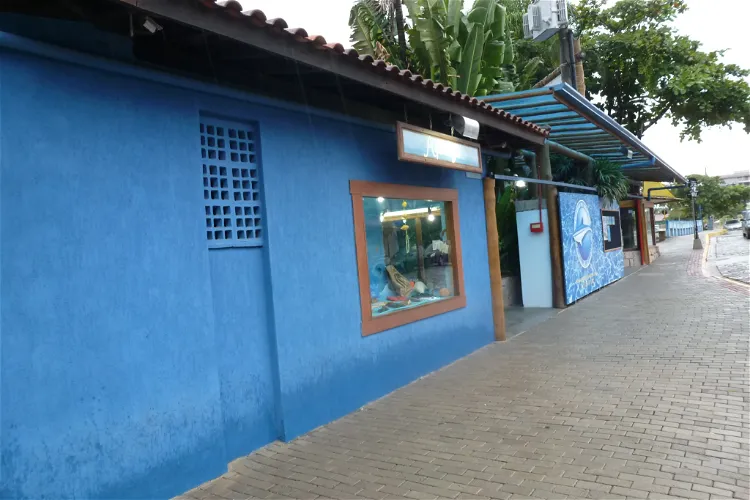
Ubatuba Aquarium
UbatubaThe Ubatuba Aquarium houses a variety of organisms from both fresh and saltwater environments. The focus is on the taxonomy of species, providing visitors with an opportunity to learn about the different types of marine life and their classifications. This makes it an educational and engaging experience for all ages.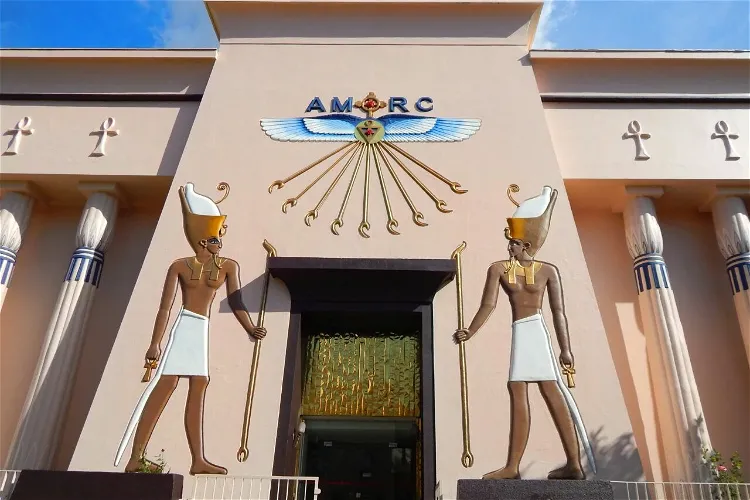
Museu Egípcio e Rosacruz
CuritibaThe Museu Egípcio e Rosacruz houses a collection mainly composed of replicas of Egyptian artifacts from various periods. One of the highlights of the collection is the mummy Tothmea, which was donated to the museum in 1987. This mummy is one of only two legitimate mummies from Egypt that are in Brazil.- 16
The Flamengo Museum
Rio de Janeiro 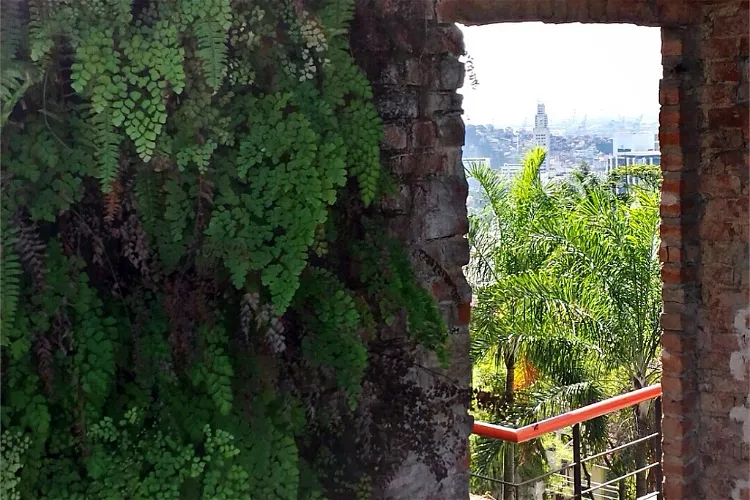
Ruins Park
Rio de JaneiroThe Municipal Cultural Center Parque Glória Maria, previously known as the Municipal Cultural Center Parque das Ruínas, is a public park and cultural center situated in the Santa Teresa neighborhood of Rio de Janeiro, Brazil. This location is steeped in history and offers a unique blend of cultural and natural attractions. It is located in the ruins of a building that was once the home of Laurinda Santos Lobo, a prominent socialite of the Belle Époque era in Rio.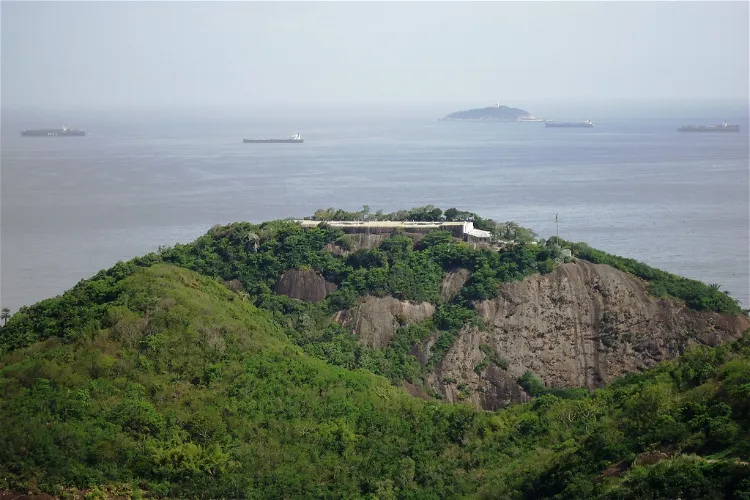
Duque de Caxias Fort
Rio de JaneiroThe Forte Duque de Caxias, which was previously known as Forte da Vigia, Forte da Espia, and Forte do Leme, is a historical site located in the Leme neighborhood in the city of Rio de Janeiro, Brazil. This fort has a rich history dating back to the 18th century and has undergone several name changes over the years. It is situated on the summit of Morro do Leme, offering panoramic views of the surrounding area.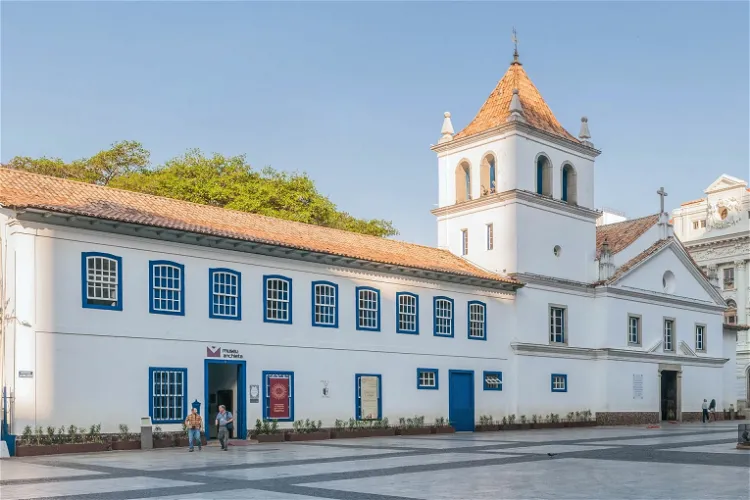
School Yard
São PauloPátio do Colégio, a historical Jesuit church and school, holds a significant place in the history of São Paulo, Brazil. It is the site where the city was founded back in 1554. The church and school have undergone various transformations over the centuries, reflecting the city's evolving history and culture.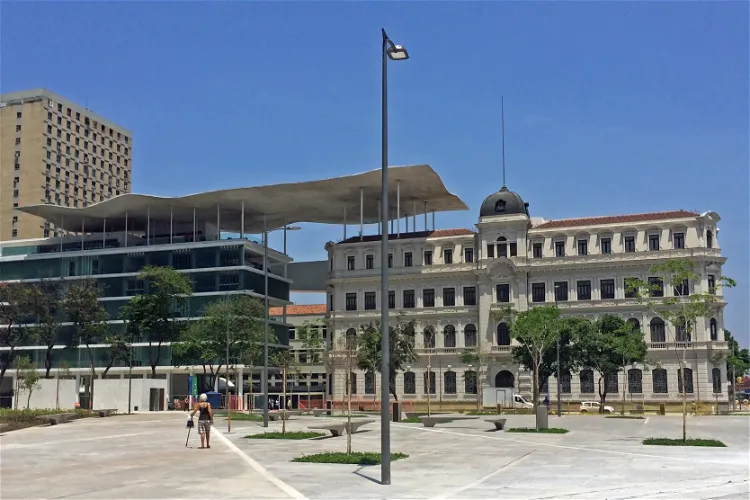
Rio Museum of Art
Rio de JaneiroThe Museu de Arte do Rio (MAR), or Rio Museum of Art, is a significant cultural institution in Rio de Janeiro. It was inaugurated on March 1, 2013, and is maintained through a partnership between the city's public bodies and private initiatives. This collaboration ensures the museum's sustainability and allows it to continue to offer a rich array of art and cultural experiences to its visitors.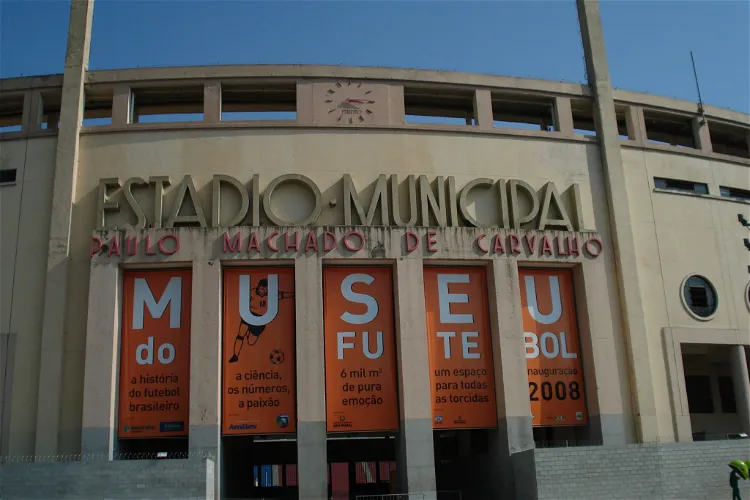
Museum of Football
São PauloThe Football Museum, or Museu do Futebol, is a cultural space dedicated to the sport of football, located in the city of São Paulo, Brazil. It is situated inside the Pacaembu Stadium, on the west side of the city. This museum offers visitors a deep dive into the history, practice, and curiosities of football, not only in Brazil but also globally.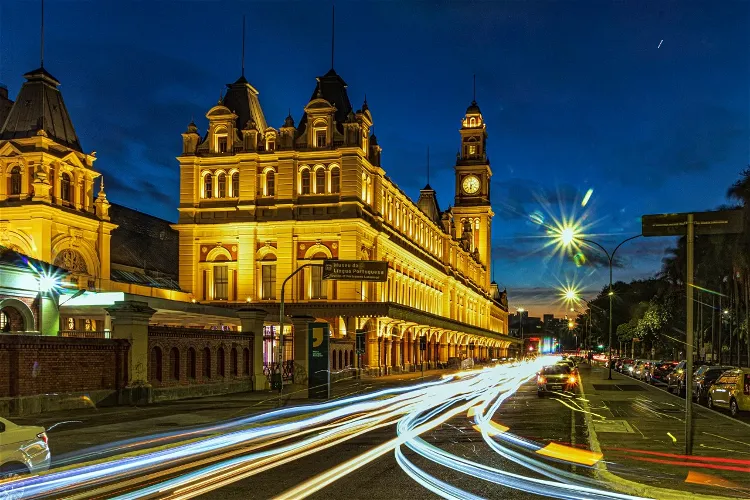
Museum of the Portuguese Language
São PauloThe Museum of the Portuguese Language, located in the historic Bairro da Luz train station in São Paulo, offers an interactive experience focused on the Portuguese language. This museum is a unique opportunity for visitors to explore the origins, history, and ongoing evolution of the Portuguese language, which is considered the foundation of Brazilian culture.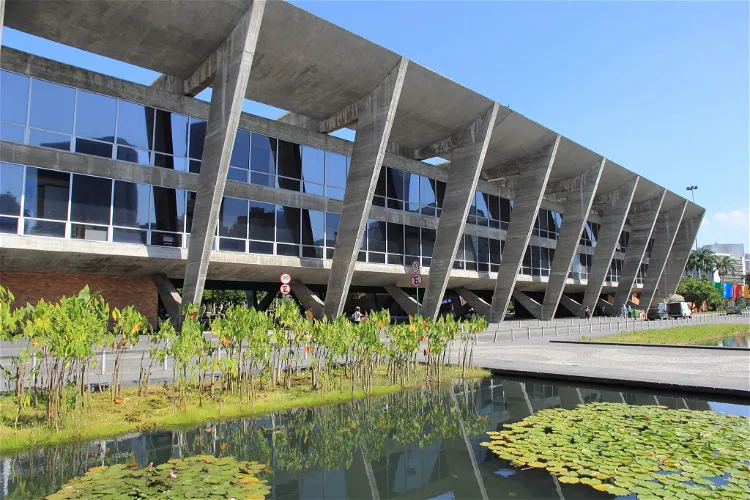
Museum of Modern Art
Rio de JaneiroThe Museum of Modern Art in Rio de Janeiro, also known as MAM, is recognized as one of the most significant cultural institutions in Brazil. Its reputation stems from its rich history, diverse collection, and its role in the Brazilian art scene.
Imperial Palace
Rio de JaneiroThe Imperial Palace, also known as Paço Imperial, is a significant historical site located in the heart of Rio de Janeiro, Brazil. This Baroque colonial building stands as a testament to the city's rich history and architectural prowess. It was built in the 18th century and has served as the residence for governors, viceroys, King Juan VI, and emperors. Today, it is a cultural center, attracting visitors from around the world with its aesthetic appeal and historical significance.
São Paulo Museum of Modern Art
São PauloThe São Paulo Museum of Modern Art, also known as Museu de Arte Moderna de São Paulo or MAM, is situated in the Ibirapuera Park in São Paulo. It is recognized as one of the most significant modern art museums in Brazil, offering a rich collection of modern and contemporary art.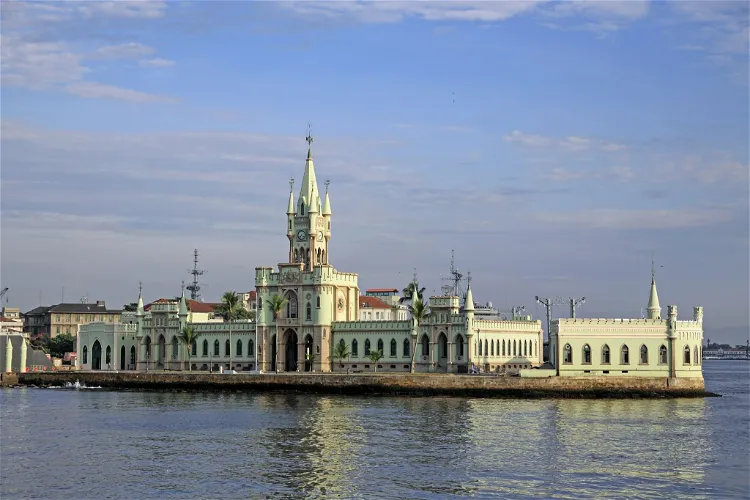
Fiscal Island
Rio de JaneiroIlha Fiscal, also known as Fiscal Island, is a significant landmark located in Guanabara Bay. It is situated near the historic city center of Rio de Janeiro, in southeastern Brazil. This island offers a unique blend of natural beauty and historical significance, making it an interesting destination for tourists.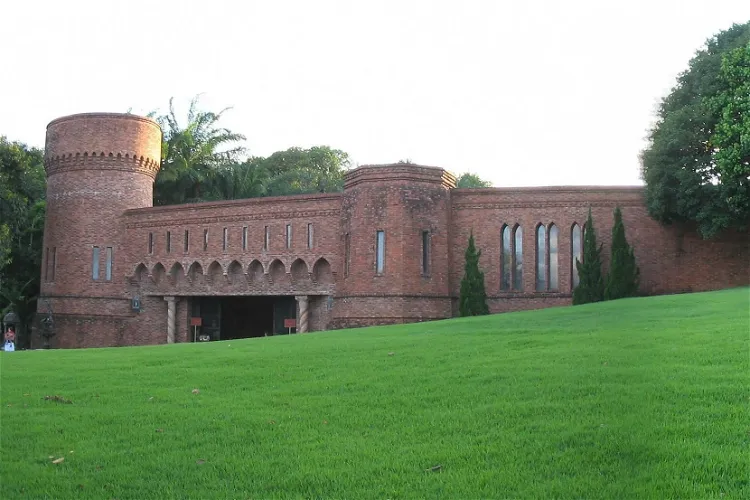
Ricardo Brennand Institute
RecifeThe Instituto Ricardo Brennand (IRB), also known as Castle Brennand, is a cultural institute located in Recife, Brazil. It was founded in 2002 by the art collector Ricardo Brennand. This institute is a significant cultural hub in the region, offering a unique blend of history, art, and architecture.
Museo del Expedicionario
CuritibaThe Museu do Expedicionário, located in Curitiba, Brazil, is dedicated to showcasing the history of Brazil's involvement in World War II. This museum provides a comprehensive insight into the role Brazil played during this global conflict, making it a significant destination for those interested in history and warfare.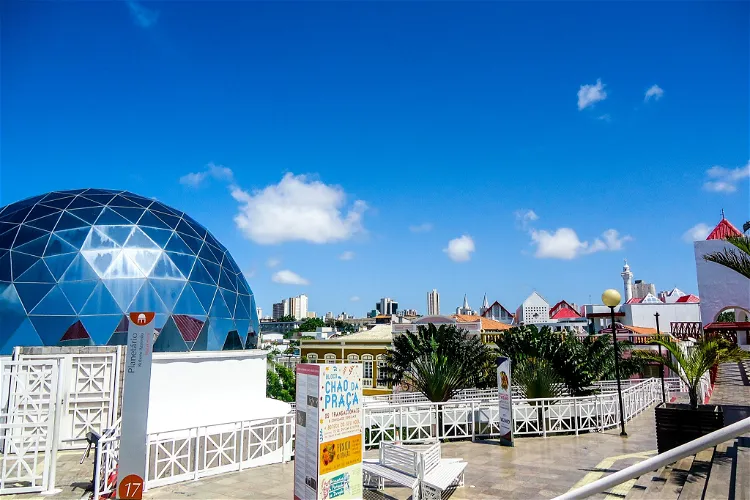
Dragon of the Sea Cultural Centre
FortalezaThe Centro Dragão do Mar de Arte e Cultura (CDMAC) is a cultural center situated in Fortaleza, Ceará. It is recognized as one of the largest cultural centers in Brazil, offering a vast array of artistic and cultural experiences.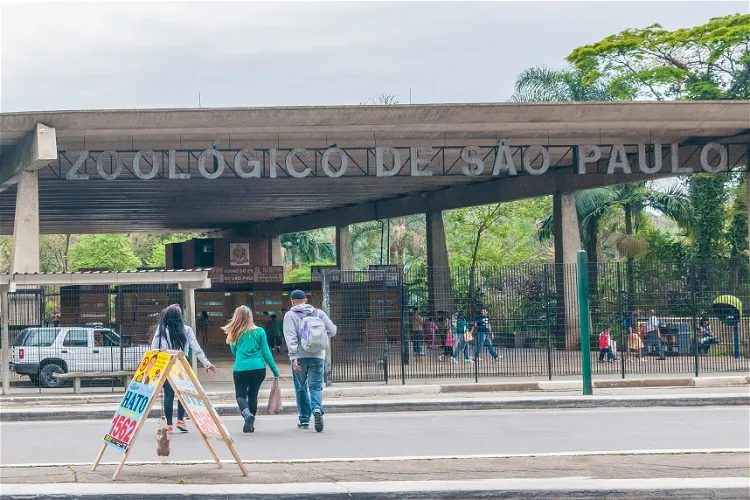
São Paulo Zoo
São PauloThe São Paulo Zoo, located south of the city of São Paulo, is the largest zoo in Brazil. It spans an impressive 82.45 hectares, a space that was originally part of the Atlantic Forest. This vast area allows the zoo to house a diverse range of animals in enclosures that replicate their natural habitats, providing visitors with an immersive and educational experience.
Inhotim Museum
BrumadinhoThe Inhotim Institute spans a vast area of 1,000 hectares, with 110 hectares open to the public. It serves as an important contemporary art center and a botanical garden. In addition to its art and nature offerings, the institute also houses a research center, several restaurants, and shops. This makes it a comprehensive destination for tourists, offering a variety of experiences in one location.
Niterói Contemporary Art Museum
NiteróiThe Niterói Contemporary Art Museum, also known as Museu de Arte Contemporânea de Niterói or MAC, is a significant landmark in the city of Niterói, Rio de Janeiro, Brazil. The museum, which was completed in 1996, is a notable attraction for tourists visiting the city.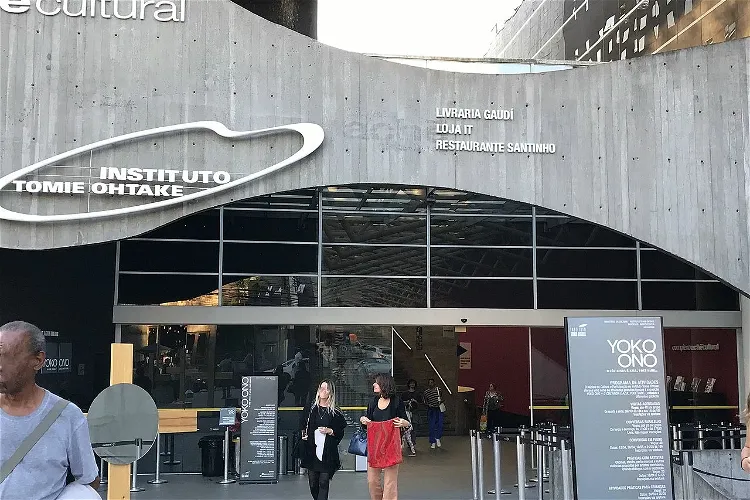
Tomie Ohtake Cultural Institute
São PauloThe Tomie Ohtake Institute, inaugurated in November 2001, is a significant cultural landmark in São Paulo. The building, designed by Ruy Ohtake, is a testament to modern architecture and is presided over by his brother, Ricardo Ohtake. Visitors can appreciate the unique design of the building while exploring the various exhibitions and programs offered by the institute.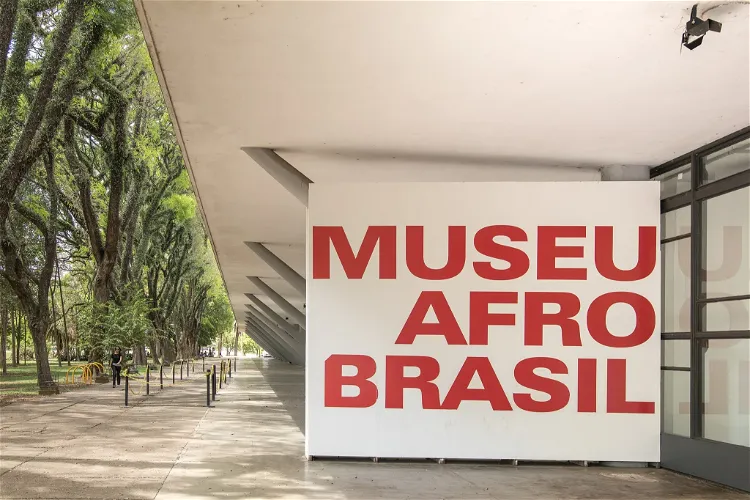
Afro Brasil Museum
São PauloThe Museu Afro Brasil is a historical, artistic, and ethnographic museum that is dedicated to the research, preservation, and exhibition of objects and works that are related to the cultural sphere of black people in Brazil. It is a public institution that is held by the Secretariat for Culture of the São Paulo State and is managed by the Museu Afro Brasil Association. The museum is located in Ibirapuera Park, a major urban park in São Paulo.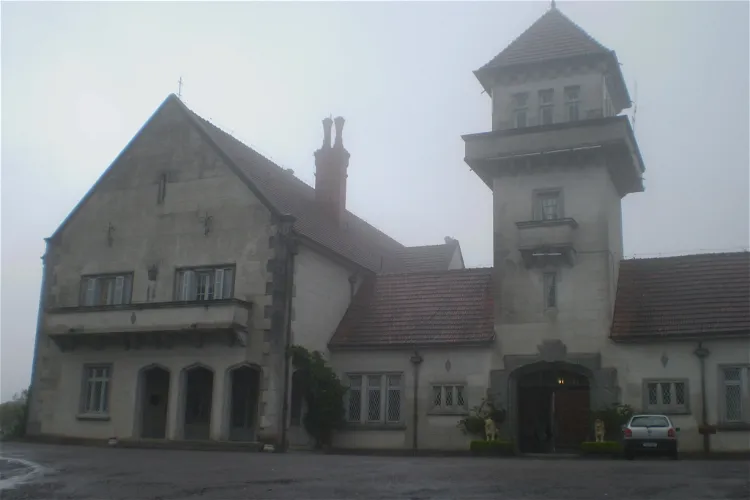
Boa Vista Palace
Campos do JordãoBoa Vista Palace, located in Campos do Jordão, serves as the official winter residence of the governor of the State of São Paulo. This grand structure, which began construction in 1938 and was completed in 1964, offers a unique insight into the history and culture of the region. Visitors can explore the palace and its grounds, taking in the stunning architecture and the panoramic views of the city's main neighborhoods.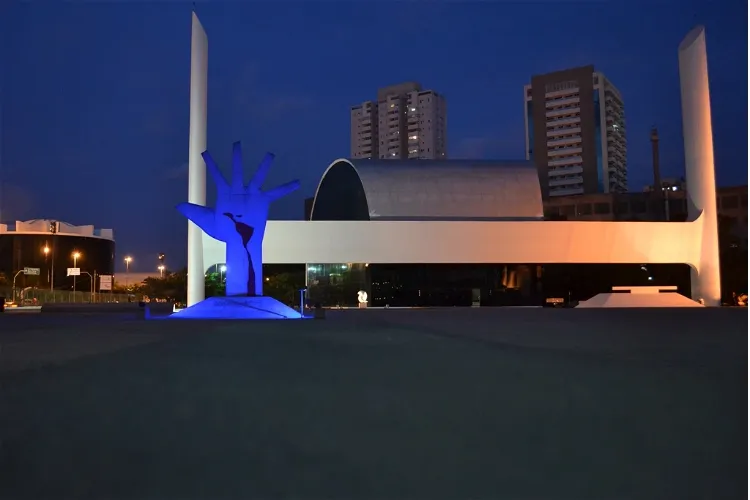
Latin America Memorial
São PauloThe Latin America Memorial, located in São Paulo, Brazil, is a cultural, political, and leisure complex that was inaugurated in 1989. This complex serves as a monument to the cultural, political, social, and economic integration of Latin America. It is a place where visitors can immerse themselves in the rich history and diverse culture of Latin America.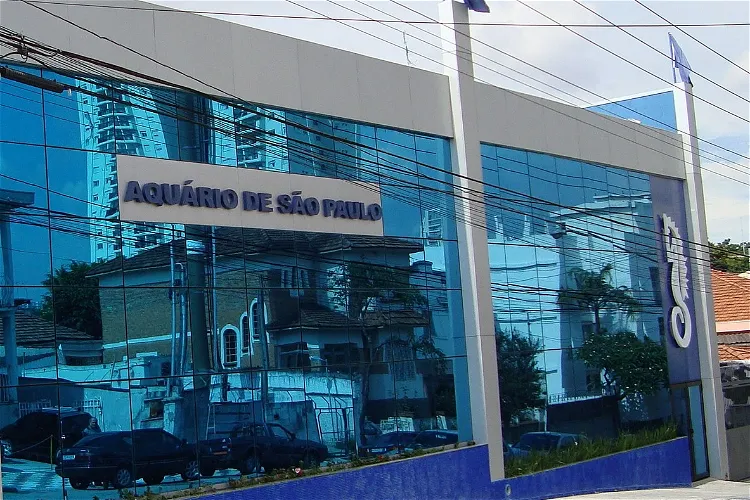
Sao Paulo Aquarium
São PauloIf you want to spend your day doing something extra exciting, consider visiting this large aquarium (in fact the largest one in Latin America) with more than 300 species of marine life and reptiles. Take your kids with you, this is a popular place for families with kids and the exhibitions are very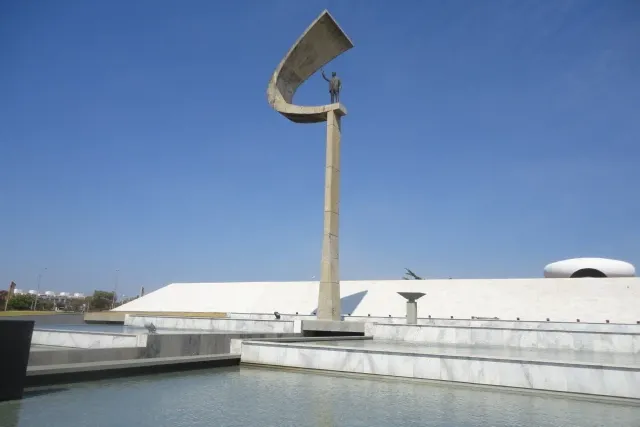
JK Memorial
BrasíliaThe JK Memorial in Brasília is a mausoleum and museum dedicated to Juscelino Kubitschek, the 21st president of Brazil and the founder of Brasília, which has been the capital of Brazil since 1960. This memorial offers a deep insight into the life and works of Kubitschek, making it a significant place for those interested in Brazilian history and culture.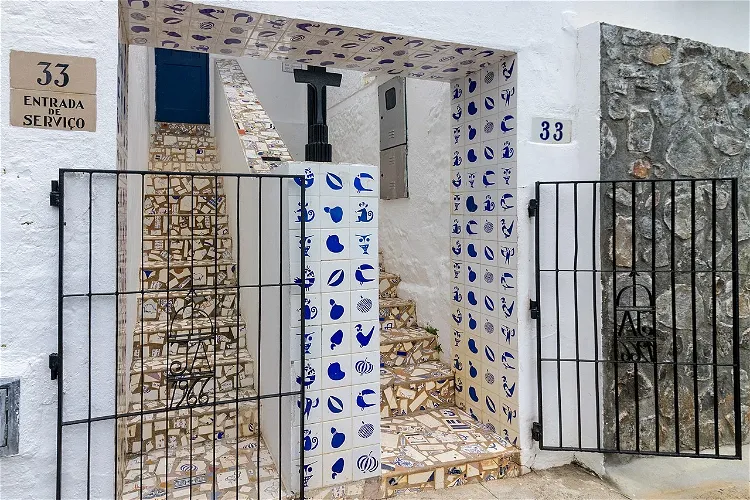
Casa do Rio Vermelho
SalvadorCasa do Rio Vermelho, also known as Casa de Jorge Amado, is a significant cultural site in Salvador, Bahia. This was the residence of the renowned writer couple Jorge Amado and Zélia Gattai. The house is located in the vibrant neighborhood of Rio Vermelho, on Alagoinhas Street.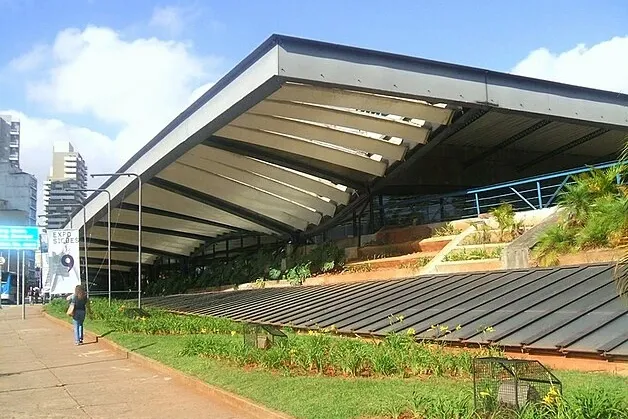
Sao Paulo Cultural Centre
São PauloThe São Paulo Cultural Centre, popularly known as Centro Cultural Vergueiro, is a public institution that falls under the jurisdiction of the Municipal Culture Secretariat of São Paulo city. This means that it is a government-run establishment, ensuring its commitment to the promotion and preservation of culture in the city.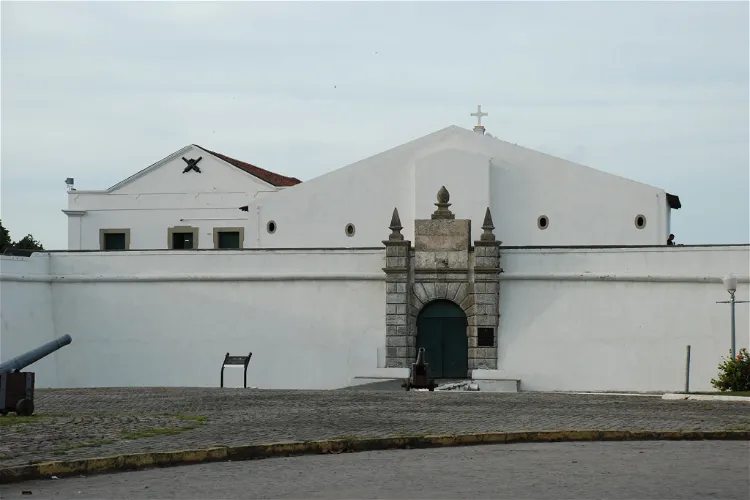
Sao Joao Batista do Brum Fort
RecifeForte do Brum, also known as Fort De Bruyn, is a historical site located in Recife, Brazil. This 17th-century fort holds a significant place in the history of the region. Originally built by the Portuguese, it was later taken over by the Dutch during the invasion of Pernambuco in 1630. The fort's strategic location and robust design played a crucial role in the defense of the area.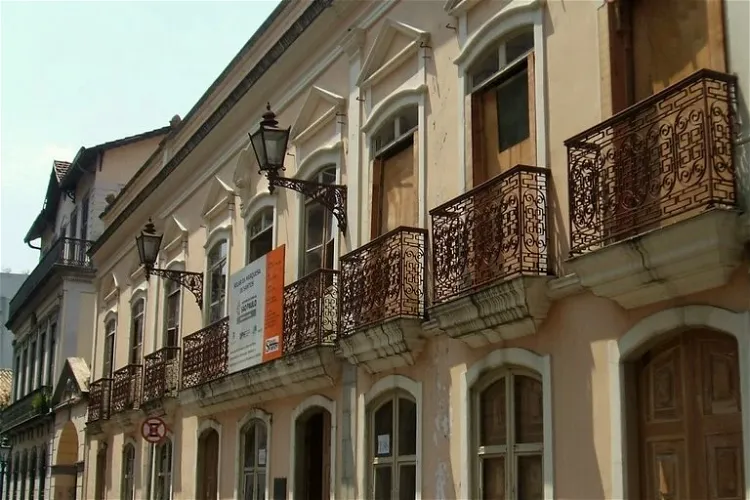
Solar da Marquesa de Santos
São PauloThe Solar da Marquesa de Santos is a historic manor house situated in the heart of São Paulo, Brazil. It currently serves as the headquarters for the Cidade de São Paulo museum and hosts a variety of cultural exhibitions. This location offers visitors a unique opportunity to explore the rich history of São Paulo while enjoying a diverse range of cultural displays.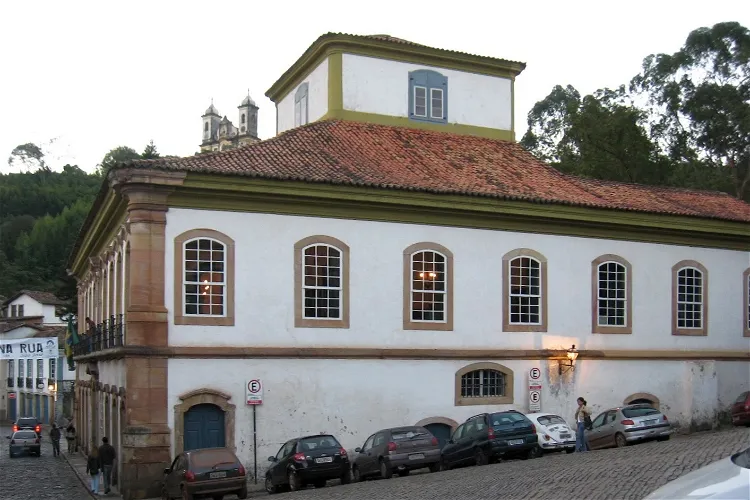
Museu Casa dos Contos
Ouro PretoCasa dos Contos is a museum situated in Ouro Preto, Minas Gerais, Brazil. It is a monument built in the Baroque style, reflecting the rich architectural heritage of the region. The primary objective of this museum is to preserve the history of the Gold Cycle - a significant period in Brazil's economic history. Additionally, it also serves to promote national culture, offering visitors a glimpse into the country's past.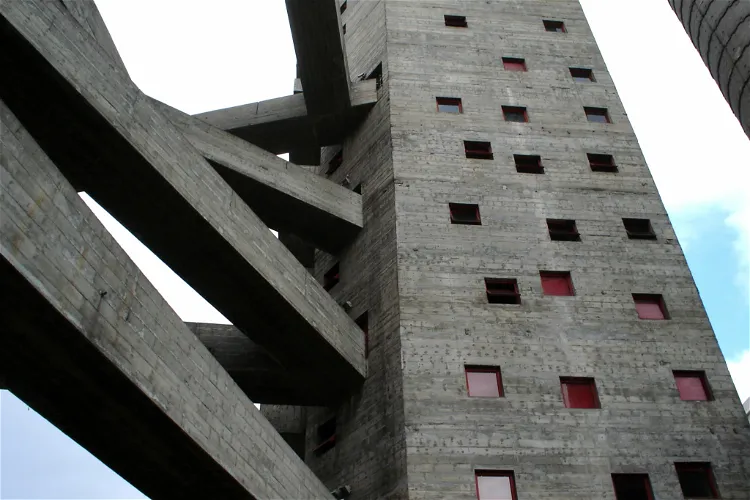
SESC Pompéia
São PauloSESC Pompéia is a cultural and sports center situated in São Paulo, the largest city in Brazil. It offers a unique blend of cultural and sports activities, making it a vibrant hub for locals and tourists alike. The center is easily accessible and is located near the Palmeiras-Barra Funda multiple station. A new metro station, Sesc Pompeia, is also under construction and is expected to open in 2025, further enhancing the center's accessibility.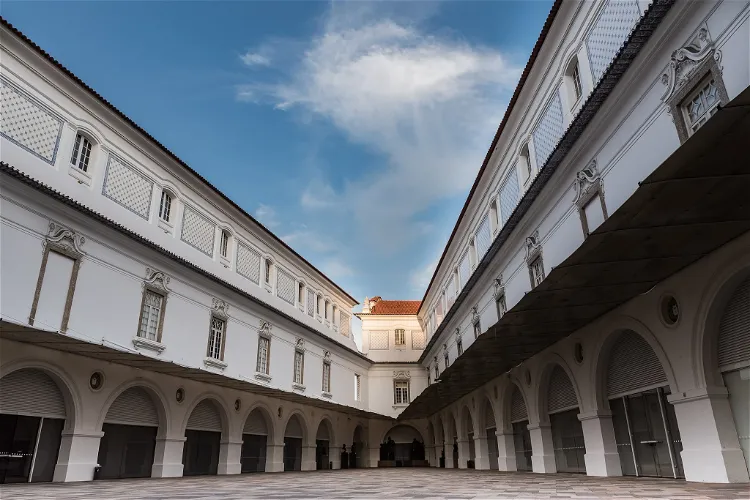
National History Museum
Rio de JaneiroThe National Historical Museum of Brazil, established in 1922, is home to over 287,000 items. This includes the largest numismatic collection in Latin America, making it a significant destination for those interested in history and numismatics. The museum's vast collection offers a comprehensive insight into Brazil's rich history and cultural heritage.
Museum of Modern Art
SalvadorThe Museum of Modern Art of Bahia (MAM-BA) is a significant cultural institution located in Salvador, Bahia, Brazil. It is a hub for modern art and offers a unique insight into the artistic landscape of the region.
Pinacoteca do Estado de São Paulo
São Paulo
Museu da Casa Brasileira
São PauloThe Museu da Casa Brasileira (MCB) in São Paulo is a museum that focuses on the aspects of Brazilian living through the lens of architecture and design. For over five decades, it has established itself as a national and international reference in these fields. The museum promotes programs such as the MCB Design Award, a competition created in 1986 to encourage Brazilian production in the segment, and the 'Houses of Brazil' project, aimed at preserving the memory of the diversity of Brazilian living.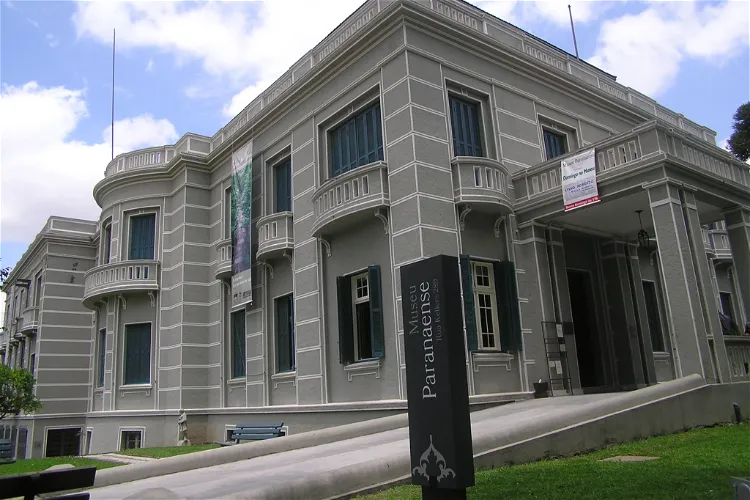
Museu Paranaense
CuritibaThe Museu Paranaense is housed in the São Francisco Palace, a sprawling space covering an area of 4,700 m². The museum not only showcases its historical collection in dedicated exhibition rooms but also hosts temporary exhibitions that delve into various historical and social contexts. Additionally, the museum is equipped with a library, an auditorium, a laboratory, and rooms for courses. It regularly conducts courses, lectures, workshops, and artistic presentations, offering a comprehensive cultural experience for visitors.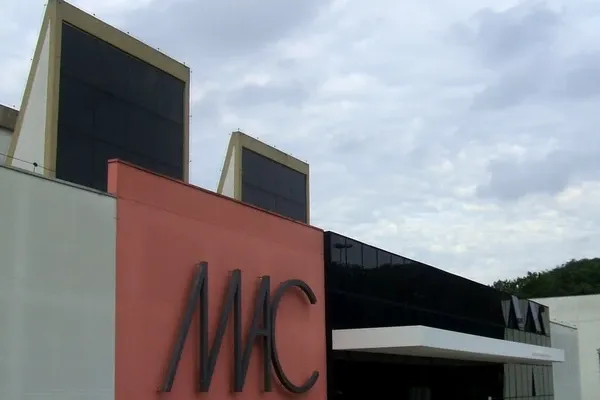
Museum of Contemporary Art, University of São Paulo
São Paulo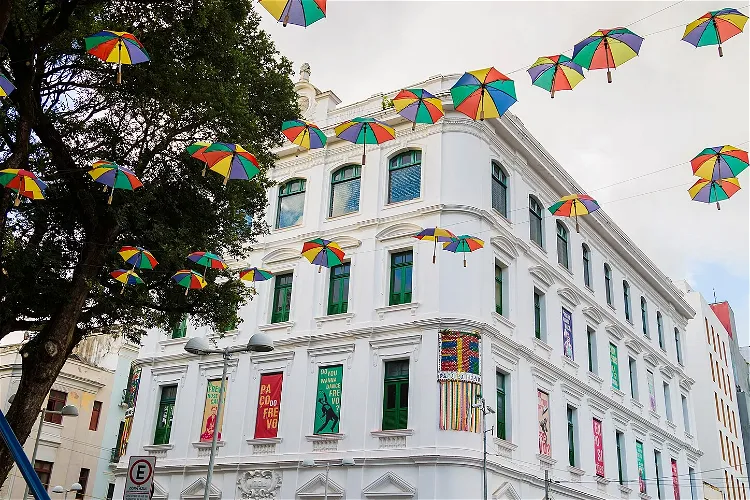
Paço do Frevo
RecifePaço do Frevo is a cultural hub located in Recife, the capital of Pernambuco in Brazil. It is dedicated to the promotion, research, leisure, and training in the areas of dance and music of frevo, a traditional Brazilian dance and music genre. This space provides an immersive experience into the vibrant culture of frevo, offering visitors a chance to learn, enjoy, and even participate in this unique art form.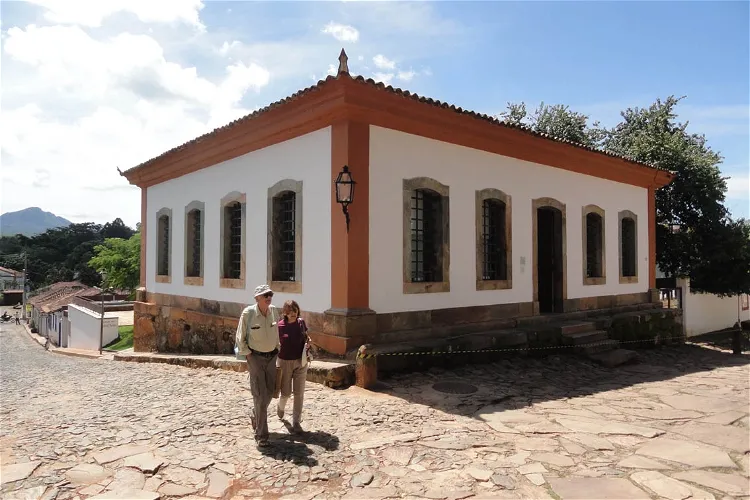
Museum of St. Anne
TiradentesThe Museum of Sant'Ana, located in the Brazilian city of Tiradentes in the state of Minas Gerais, is an art museum that was established in 2014. It was founded under the auspices of the Flávio Gutierrez Cultural Institute, a renowned institution in the field of art and culture.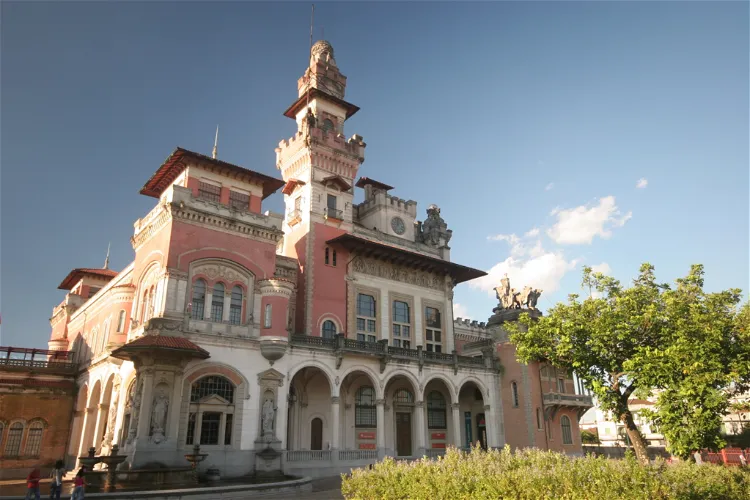
Catavento Museum
São PauloThe Catavento Museum, inaugurated in 2009, is an interactive science museum located in the Palácio das Indústrias in São Paulo, Brazil. The museum is dedicated to the dissemination of scientific knowledge and offers a variety of interactive exhibits that engage and educate visitors.
Rodin Bahia Arts Palace
SalvadorThe Rodin Bahia Museum is situated in the Graça neighborhood of Salvador, within the Palacete do Comendador Bernardo Martins Catharino. This location is not only a museum but also a historical site, offering visitors a chance to explore the rich history of Salvador while appreciating the works of the French sculptor Auguste Rodin.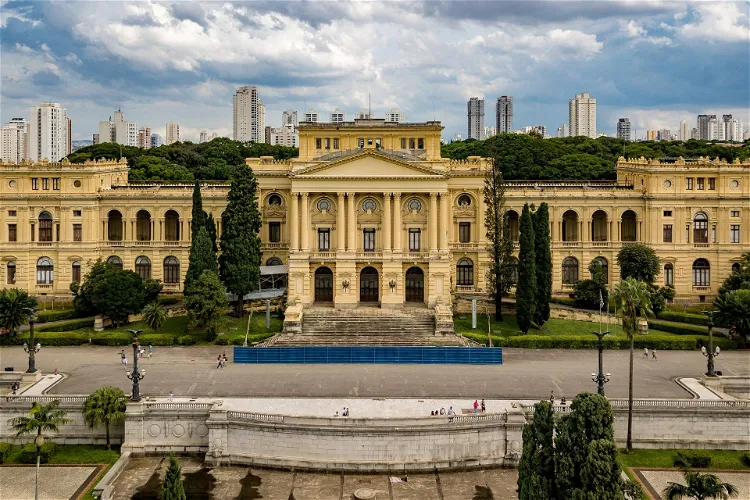
Paulista Museum
São PauloThe Museu Paulista, also known as Museu do Ipiranga, is a significant historical site in Brazil. It is located near the spot where Emperor Pedro I proclaimed Brazil's independence. This museum is part of the University of São Paulo and is a key location for understanding the country's history.
Afro-Brasileira Museum
SalvadorThe Afro-Brazilian Museum, also known as Mafro, is an ethnographic museum situated within the Faculty of Medicine at the Federal University of Bahia in Salvador de Bahia, Brazil. This location offers a unique blend of cultural and academic significance, making it a fascinating destination for tourists interested in the rich Afro-Brazilian heritage.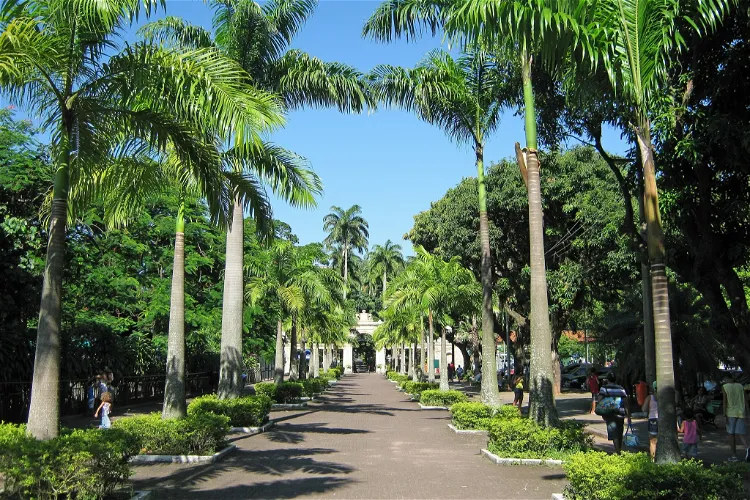
BioPark of Rio
Rio de JaneiroIn 2019, the park underwent a significant transformation. It was closed to the public to allow for extensive renovations and the inauguration of a new project, the BioParque do Rio. This renovation aimed to enhance the visitor experience and provide a more immersive and educational environment for understanding and appreciating wildlife.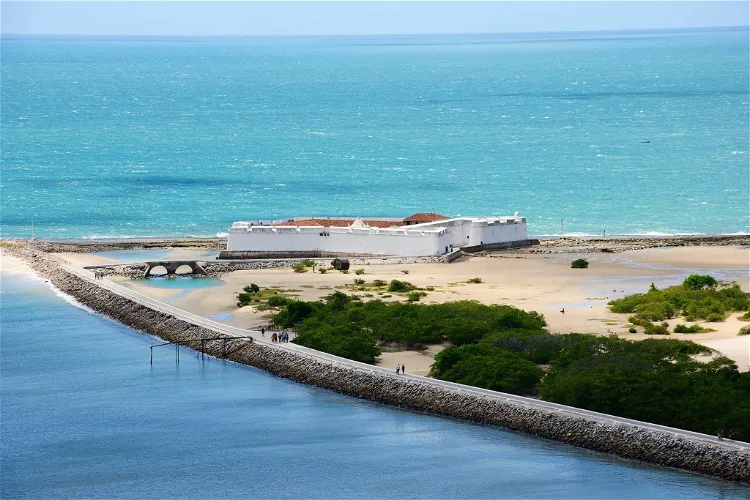
Fort of the Three Wise Men
NatalThe Forte dos Reis Magos, also known as the Fortaleza dos Reis Magos, is a historical fortress situated in the city of Natal, in the Brazilian state of Rio Grande do Norte. This fortress is a significant landmark in the region, offering visitors a glimpse into the past.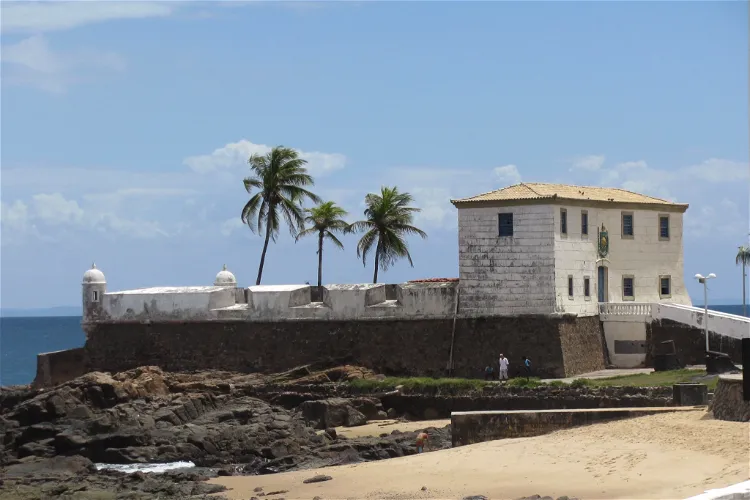
Forte de Santa Maria
SalvadorThe Forte de Santa Maria is a historical site located off the beach of Porto da Barra, in the Barra neighborhood. This location was the original port of the city of Salvador, situated on the coast of the state of Bahia, in Brazil. The fort offers a glimpse into the country's past and is a significant landmark in the region.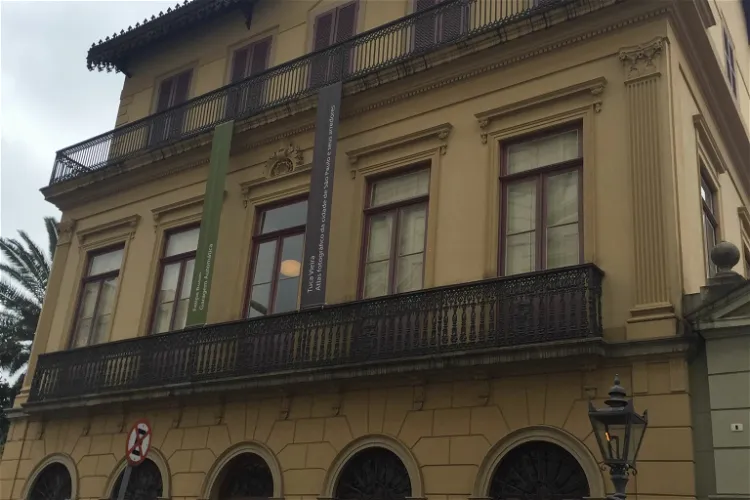
Casa Número Uno
São PauloCasa Número Uno is part of the Museum of the City of São Paulo, which comprises thirteen historic buildings. It houses the administrative core of this institution, along with the Solar da Marquesa de Santos, Beco do Pinto, and the Museu Padre Anchieta. Today, the residence hosts the city's iconographic collection, Casa da Imagem, dedicated to the photographic memory of the capital.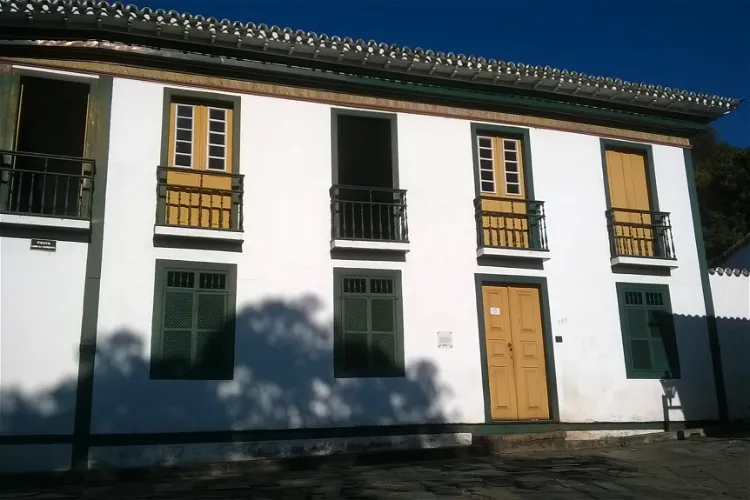
Casa de Chica da Silva
Diamantina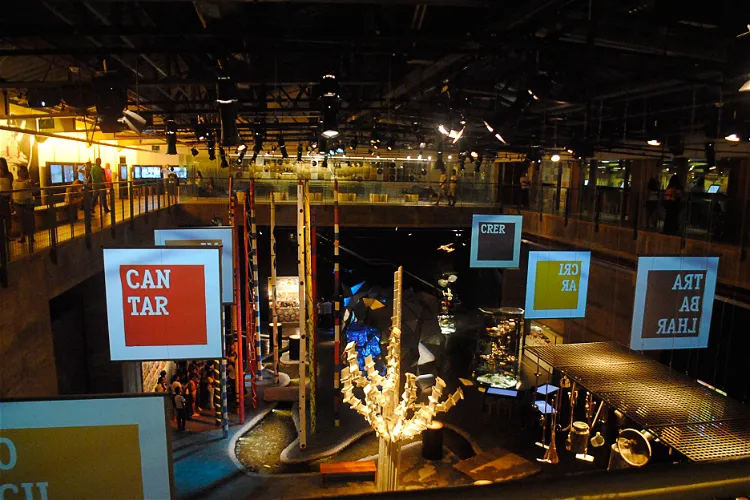
Museu Cais do Sertão
RecifeThe Museu Cais do Sertão is an interactive museum dedicated to the culture of Sertão and the works of Luiz Gonzaga. It is located in the city of Recife, the capital of Pernambuco in Brazil. The museum offers a unique blend of traditional and innovative exhibits, providing visitors with an immersive experience into the rich and diverse culture of Sertão.- 63
Super Carros Gramado
Gramado 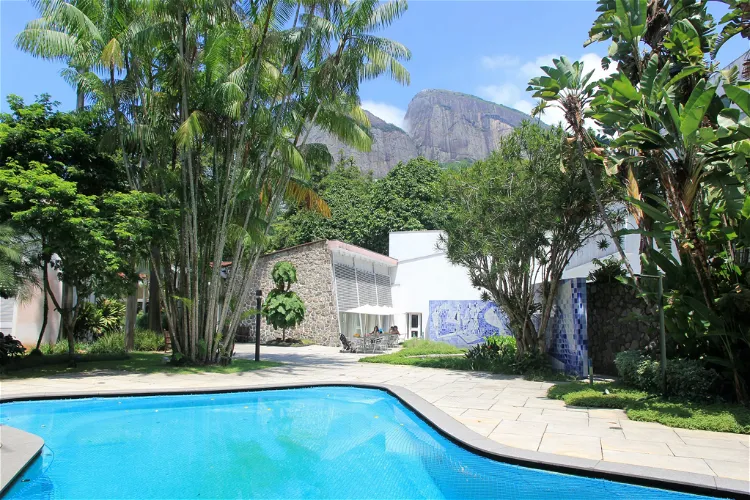
Moreira Salles Institute
Rio de Janeiro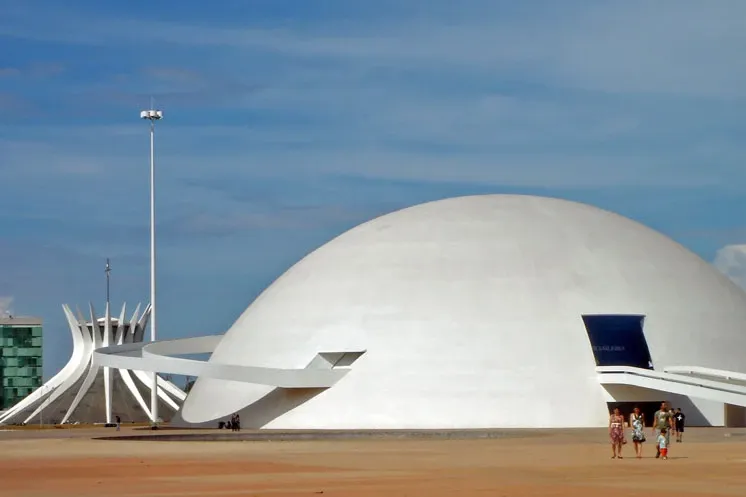
"Honestino Guimarães" National Museum
BrasíliaThe Honestino Guimarães National Museum is situated in the Explanada de los Ministerios, in Brasília, the capital city of Brazil. This location is central and easily accessible, making it a convenient destination for tourists visiting the city.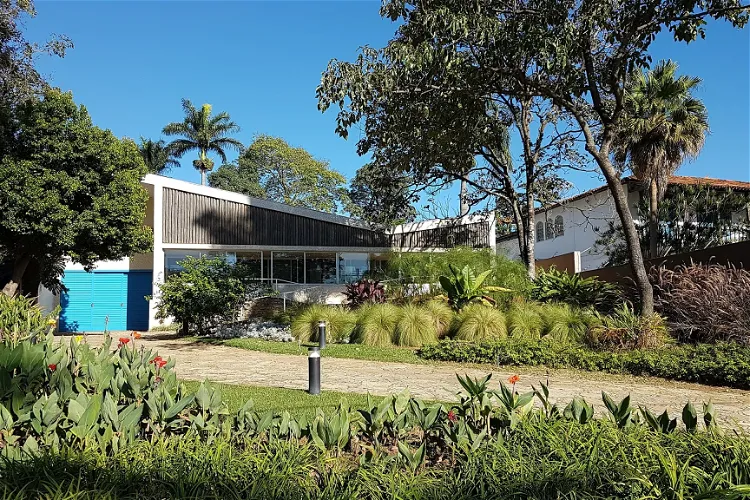
Kubitschek Residence Museum
Belo HorizonteThe Kubitschek Residence Museum is a unique museum house situated on the picturesque shore of Lake Pampulha in Belo Horizonte, Minas Gerais, Brazil. This location offers visitors a chance to explore the museum while also enjoying the beautiful lakeside setting.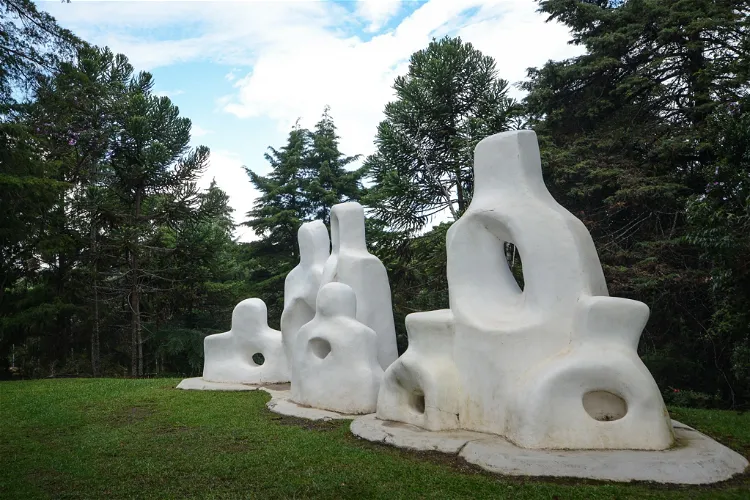
Museu Felícia Leirner
Campos do JordãoThe Felícia Leirner Museum is situated in a vast area of approximately 35,000 square meters, nestled within a remnant of the Atlantic Forest in Campos do Jordão, São Paulo. This location provides a unique blend of cultural and natural experiences, offering visitors the opportunity to explore both the museum's exhibits and the surrounding natural beauty.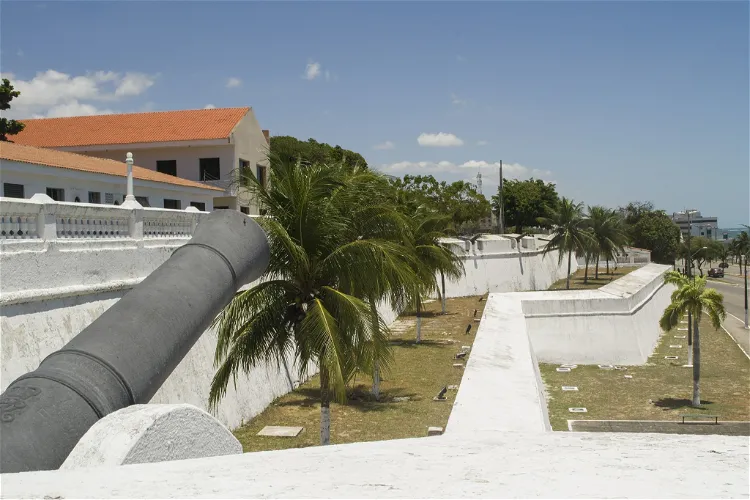
Fortress of Our Lady of the Assumption
FortalezaThe Fortress of Our Lady of the Assumption is a significant historical site located on the left bank of the mouth of the Pajeú stream, on the Marajaitiba hill, in the city of Fortaleza, on the coast of the Brazilian state of Ceará. Its strategic location offers visitors a unique perspective of the city and its surrounding landscapes.- 69
Hollywood Dream Cars - Automobile Museum
Gramado 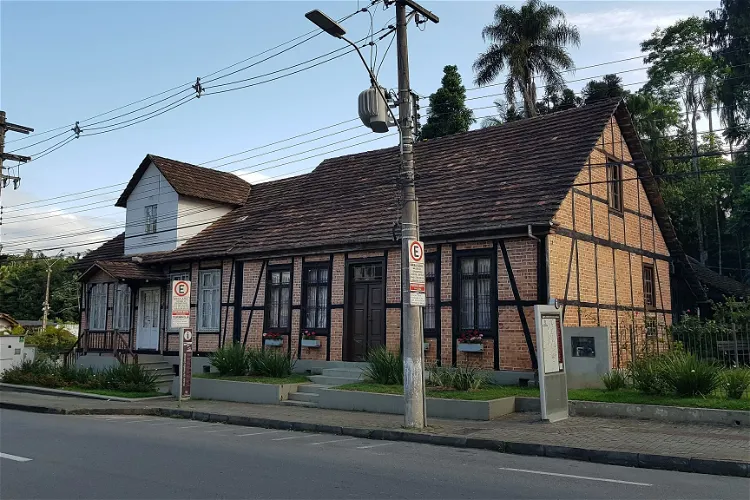
Colonial Family Museum
BlumenauThe Colonial Family Museum in Blumenau is a unique space that combines art, history, and memorial elements. It was established with the help of objects donated by Edith Gaertner, a former actress and the heiress of Hermann Bruno Otto Blumenau, a German pharmacist. This connection to a prominent local figure adds a personal touch to the museum's collection and provides a deeper understanding of the city's history.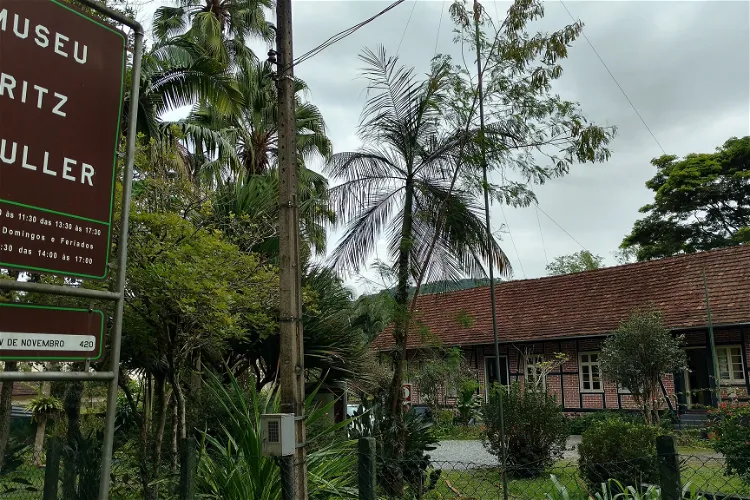
Museu de Ecologia Fritz Müller
BlumenauThe Museu de Ecologia Fritz Müller is situated in the Vorstadt district of the city of Blumenau. This location is easily accessible and offers a unique opportunity to explore the rich history and ecological diversity of the region.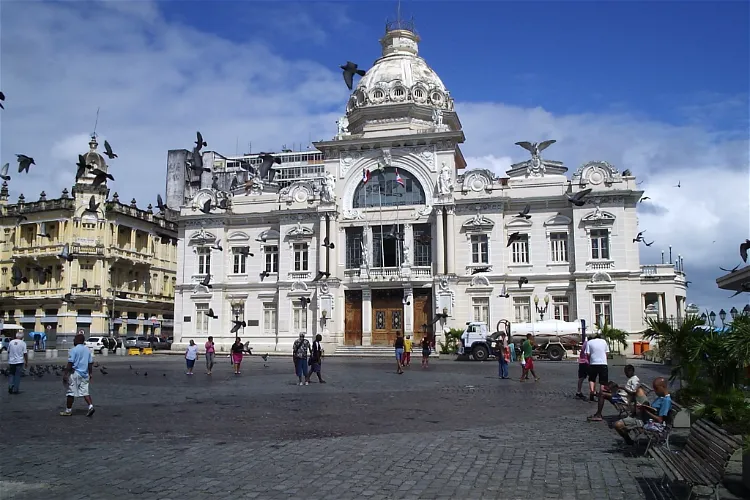
Rio Branco Palace
SalvadorThe Rio Branco Palace, one of the oldest palaces in Brazil, is located in Salvador, in the Tomé de Sousa square. This historic site was once the seat of government for the State of Bahia. Its location in the heart of Salvador makes it easily accessible for tourists, and its rich history adds to the cultural significance of the city.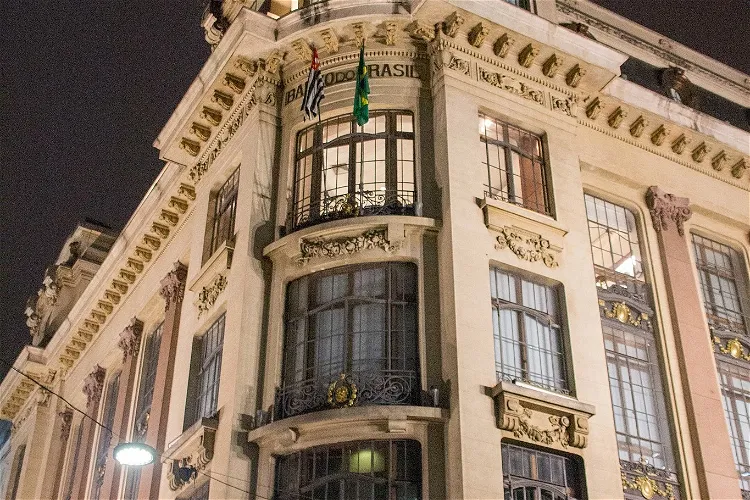
Bank of Brasil Cultural Center
Rio de Janeiro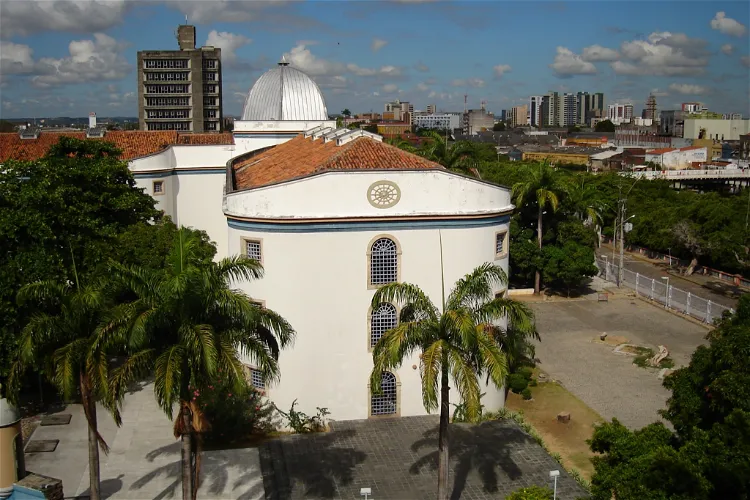
Casa da Cultura (Recife)
RecifeThe Casa da Cultura is a hub for the sale of handicrafts in Recife, the capital of the Brazilian state of Pernambuco. This makes it a great place for tourists to explore local crafts and purchase unique souvenirs.
Bahia Naútico Museum
SalvadorA majestic fort with a lighthouse and an amazing well run nautic museum, this place is a must visit for anyone visiting Salvador.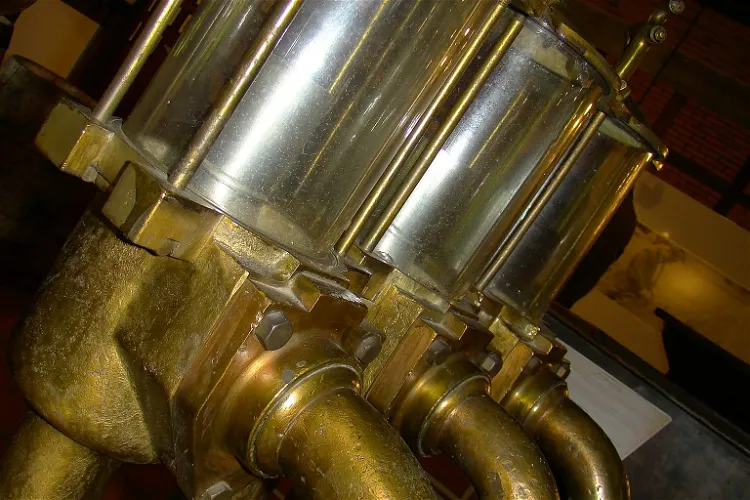
Beer Museum Blumenau
BlumenauThe Beer Museum in Blumenau, inaugurated on September 24, 1996, provides a comprehensive look at the evolution of the beer scene in Santa Catarina. It offers an insight into how the beer preparation process has changed over the years. The museum features pieces from the 1890s, 1892, and 1920, which are part of the collections of major breweries such as Feldmann, one of the first in the region, and Brahma.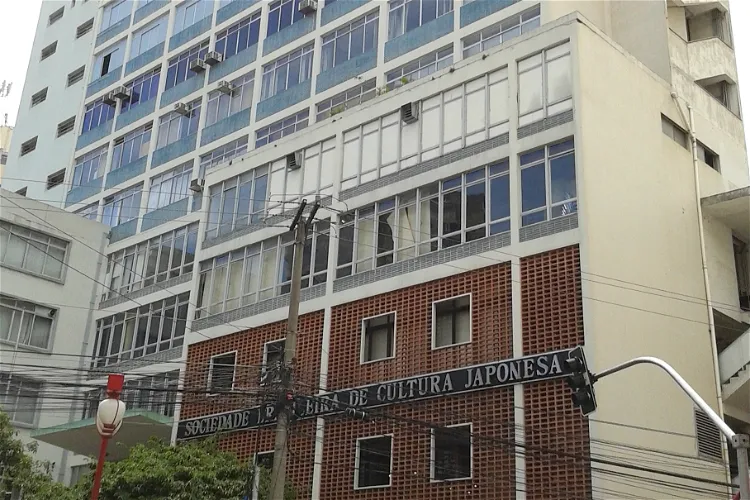
Museu Histórico da Imigração Japonesa no Brasil
São PauloThe Historical Museum of Japanese Immigration in Brazil, situated in the Liberdade neighborhood in the city center of São Paulo, was inaugurated on June 18, 1978. The museum was established by the Brazilian Society of Japanese Culture to commemorate the 70th anniversary of Japanese immigration to Brazil. It boasts a collection of over 97,000 historical items, including photos, films, and videos.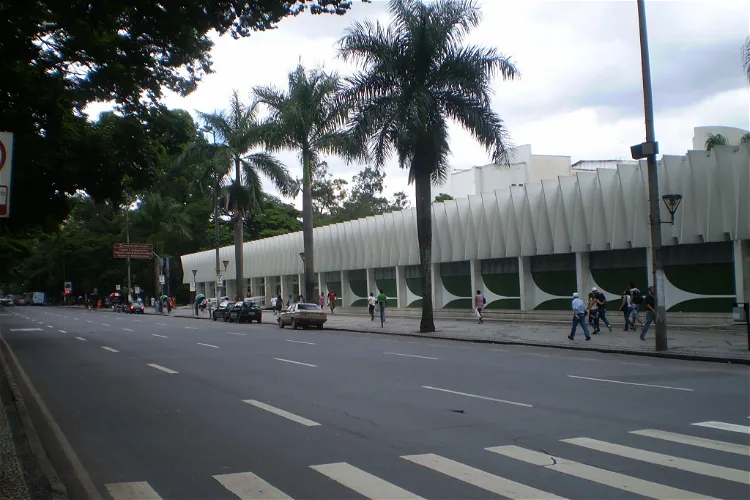
Palace of Arts
Belo HorizonteThe Palace of Arts, located in Belo Horizonte, is a significant cultural hub in Minas Gerais and one of the largest in Latin America. It is linked to the Clóvis Salgado Foundation and offers a wide range of cultural activities, making it a vibrant center for cultural production, training, and dissemination.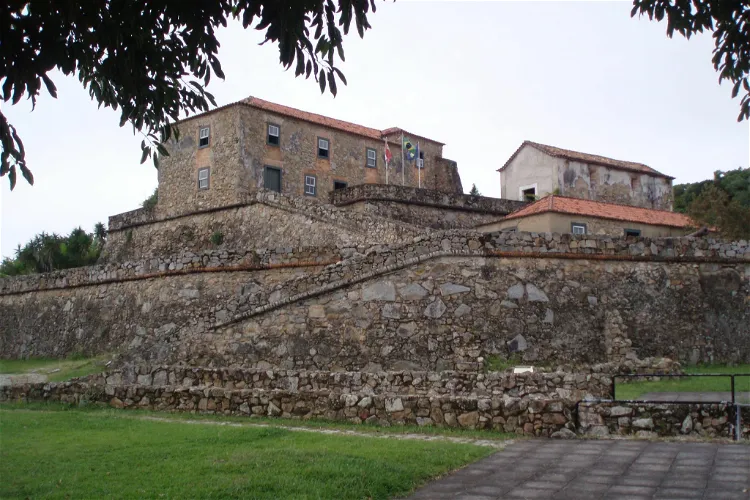
São José da Ponta Grossa Fortress
FlorianópolisThe São José da Ponta Grossa Fortress is a historical site located on Santa Catarina Island, in the municipality of Florianópolis, in the state of Santa Catarina, Brazil. This location offers visitors a chance to explore a significant part of Brazil's colonial history while enjoying the beautiful coastal scenery.
Rio Grande do Sul Museum of Art
Porto AlegreThe Rio Grande do Sul Museum of Art, also known as Museu de Arte do Rio Grande do Sul Ado Malagoli - MARGS, is an art museum situated in the heart of Porto Alegre. This museum is a significant cultural landmark in the state of Rio Grande do Sul, offering visitors a chance to explore a diverse collection of visual arts.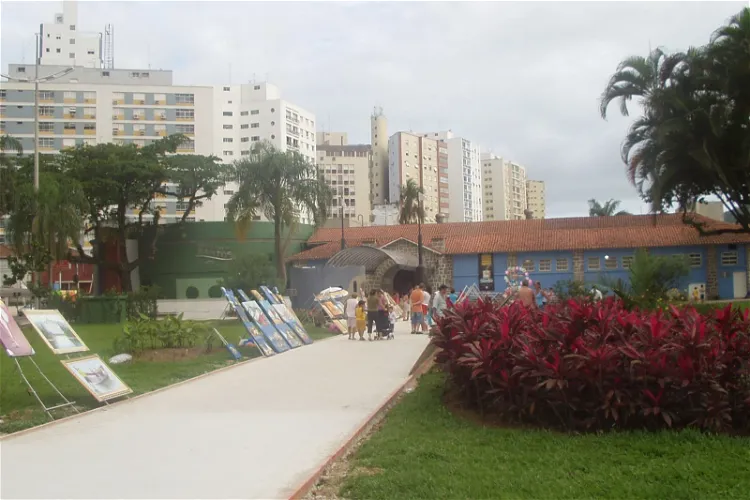
Acuario municipal de Santos
SantosThe Santos Municipal Aquarium is situated in the Ponta da Praia neighborhood of Santos, a city in the state of São Paulo, Brazil. This location is easily accessible and offers a unique opportunity to explore the marine life of the region.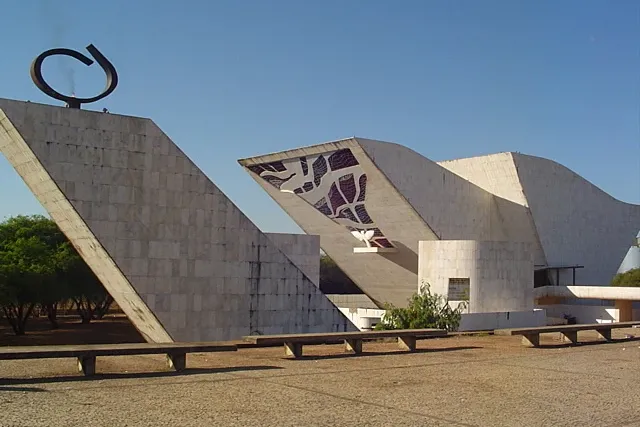
Tancredo Neves Pantheon of the Fatherland and Freedom
BrasíliaThe Tancredo Neves Pantheon of the Fatherland and Freedom is a significant monument located in Brasília, the capital of Brazil. It is a cenotaph, a monument erected in honour of people whose remains are elsewhere, dedicated to national heroes. The Pantheon was conceived following the death of Tancredo Neves, the first elected civilian president after twenty years of military rule.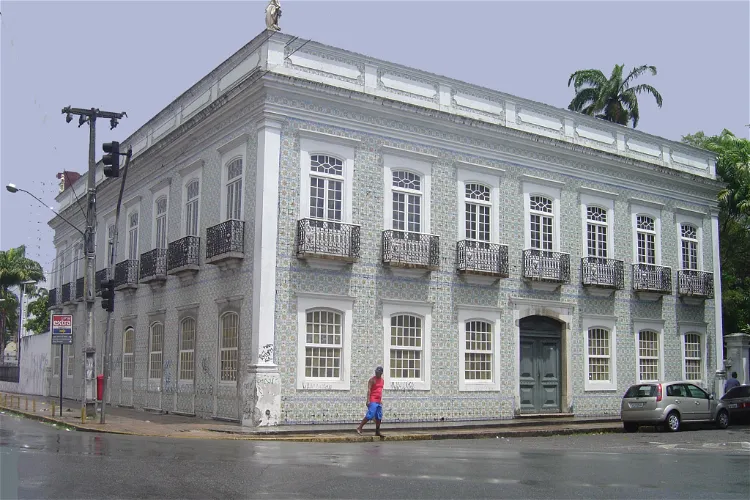
Abolition Museum
RecifeThe Abolition Museum, situated in Recife, the capital of Pernambuco, Brazil, is a unique institution that focuses on a significant part of the country's history. It is one of the few museums in Brazil that provides an in-depth exploration of the abolition of slavery, making it a unique destination for those interested in understanding this crucial period in Brazilian history.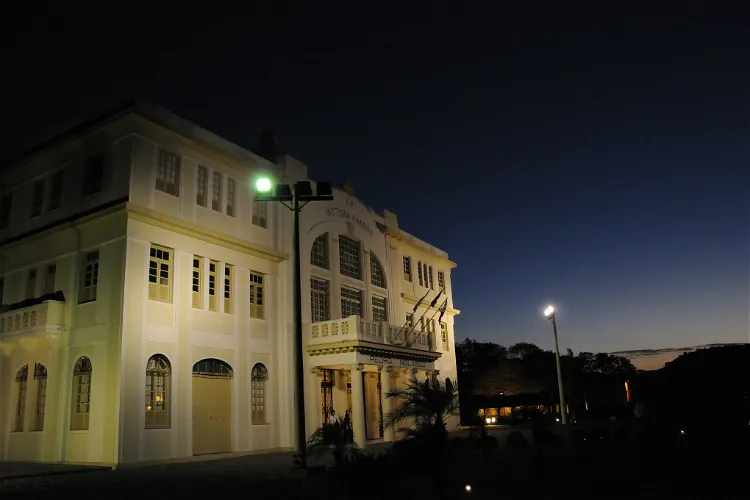
Vale Museum
Vila VelhaThe Vale Museum is situated in the city of Vila Velha, Espírito Santo. It is housed in the historic Pedro Nolasco Station of the Vitória - Minas railway. This location adds a unique historical charm to the museum, making it a fascinating destination for tourists interested in history and architecture.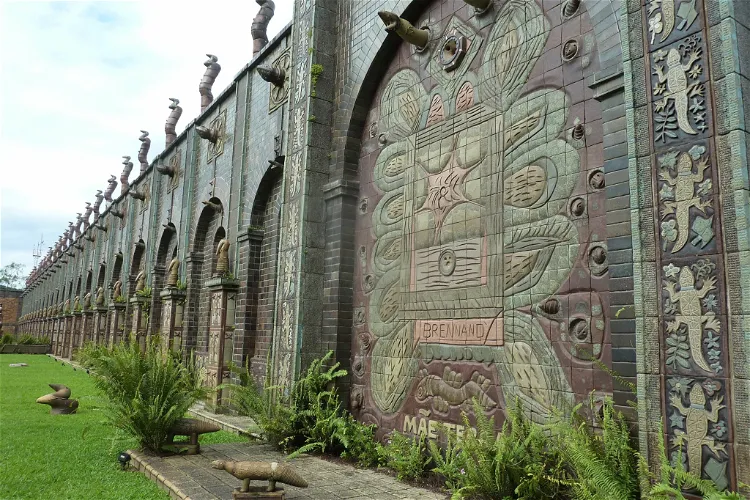
Oficina Cerâmica Francisco Brennand
RecifeThe Oficina Cerâmica Francisco Brennand is an art museum situated in Recife, the capital city of Pernambuco in Brazil. This museum was established by the renowned Pernambucan artist, Francisco Brennand, whose name it carries. It is a significant cultural landmark in the region, offering visitors a unique insight into the work and life of Francisco Brennand.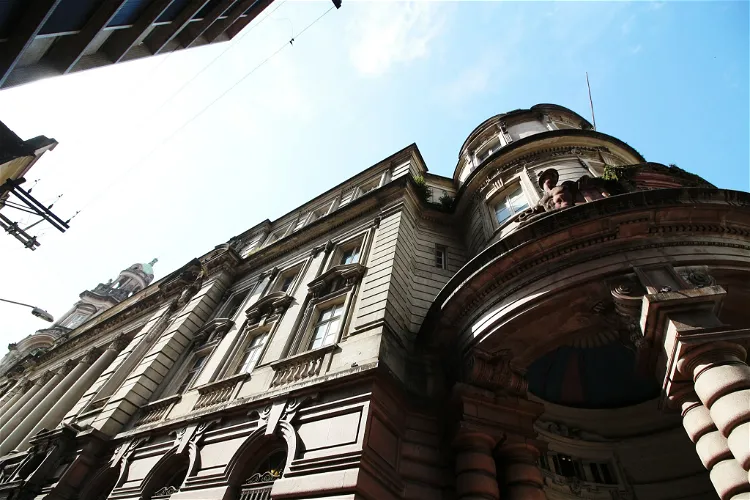
Bolsa Oficial de Café
SantosThe Bolsa de Café, or the Palácio da Bolsa Oficial de Café, is a former coffee trading center that has been transformed into a museum. It is situated in the historic center of Santos, in the state of São Paulo, Brazil. This location offers tourists a unique opportunity to explore the rich history of coffee trading in Brazil, within a building that has been a significant part of this history.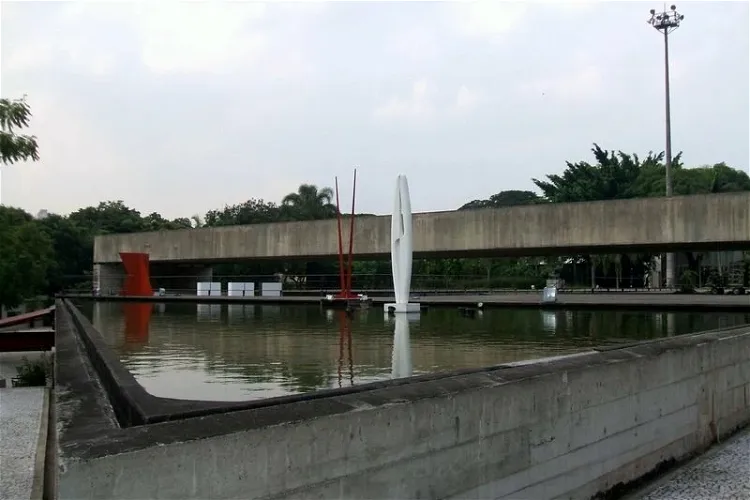
Brazilian Museum of Sculpture
São PauloThe Museu Brasileiro da Escultura, also known as MuBE, is a museum dedicated to modern and contemporary sculpture. It is situated on Avenida Europa in the Jardim Europa district of São Paulo, Brazil. This location is easily accessible and offers a unique cultural experience for visitors interested in the art of sculpture.
Museo Padre Anchieta
São PauloThe Museo Padre Anchieta is situated in the Pátio do Colégio square, in the heart of São Paulo, Brazil. This location is not only central but also historically significant, as it was chosen by the Jesuits Manuel da Nóbrega and José de Anchieta for the foundation of the city in 1554.
Museum of Sacred Arts
SalvadorOriginally a Carmelite cloister, the contemporary museum protecting the Christian sacred arts belongs to the most acclaimed of its kind.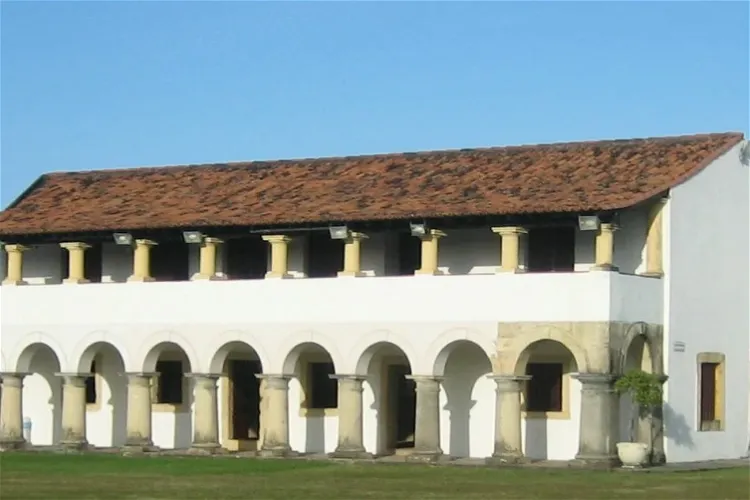
Fort of Santa Catarina
CabedeloThe Forte de Santa Catarina is a historical fort situated in Cabedelo, Paraíba, Brazil. This fort is a significant part of Brazil's history and offers a glimpse into the country's past. Visitors can explore the fort and learn about its historical significance.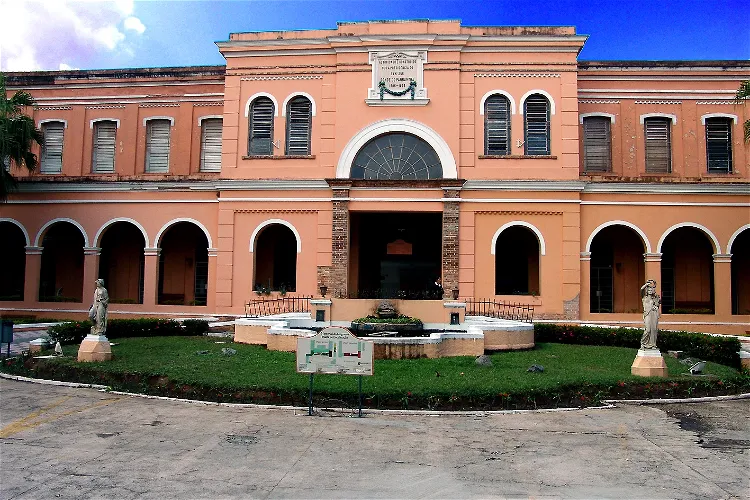
Immigration Museum of the State of São Paulo
São PauloThe Immigration Museum of the State of São Paulo is situated in the Mooca neighbourhood, a vibrant area in the eastern part of São Paulo, Brazil. This location is easily accessible and offers a unique cultural experience, being a part of the city's rich history and heritage.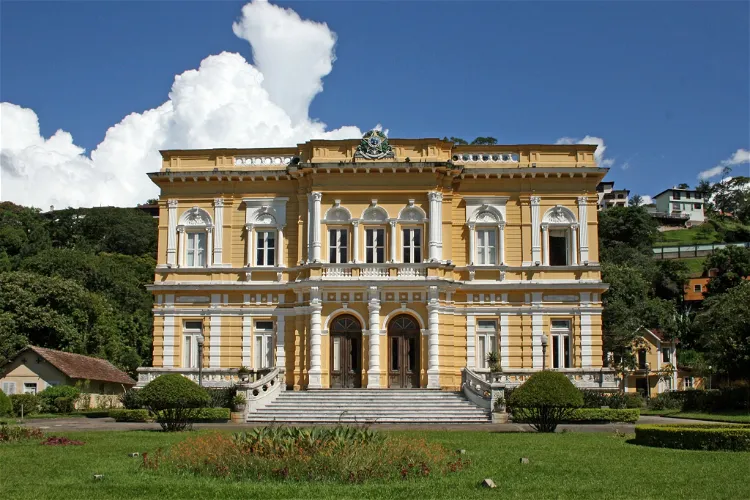
Rio Negro Palace
ManausThe Palácio Rio Negro, located in Manaus, Brazil, has a rich history as it once served as the seat of government and was the residence of the governor of the state of Amazonas. This historical significance adds to the allure of the palace, making it a point of interest for tourists who are keen on learning about the political history of the region.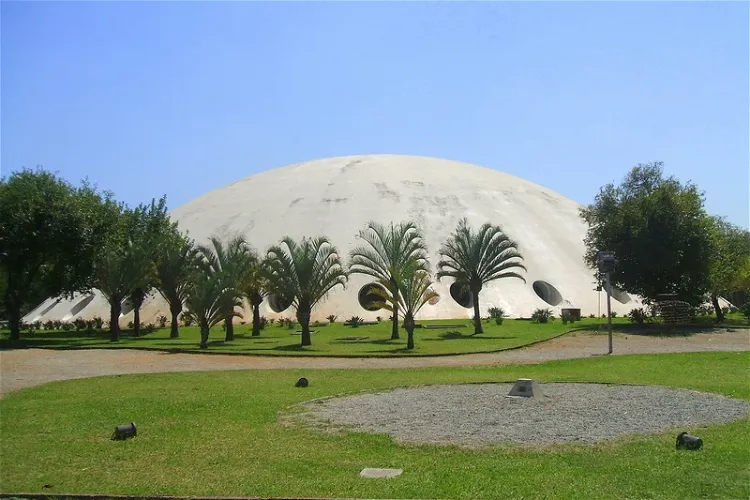
Pabellón Lucas Nogueira Garcez
São PauloThe Lucas Nogueira Garcez Pavilion, also known as Oca, is an exhibition pavilion situated in the Ibirapuera Park in São Paulo, Brazil. This iconic structure is a popular destination for locals and tourists alike, offering a variety of exhibitions throughout the year.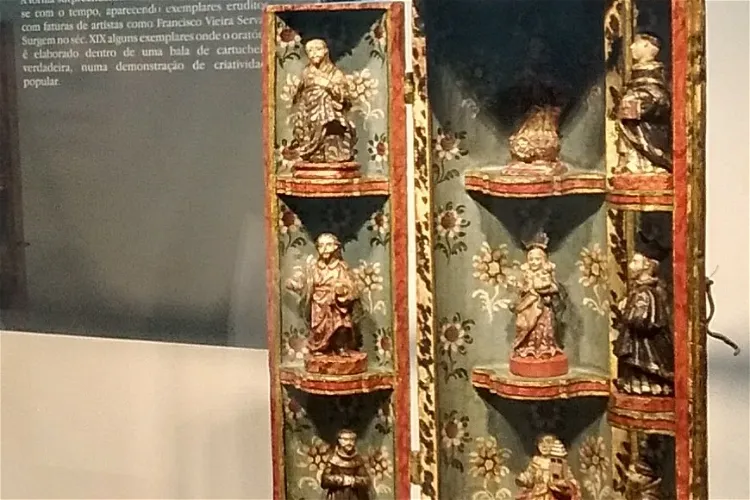
Oratory Museum
Ouro PretoThe Oratory Museum is a significant cultural institution in Brazil, housed in a three-story historic mansion in the city of Ouro Preto, Minas Gerais. The museum is conveniently located adjacent to the Church of Our Lady of Carmo, making it an accessible destination for tourists visiting the area.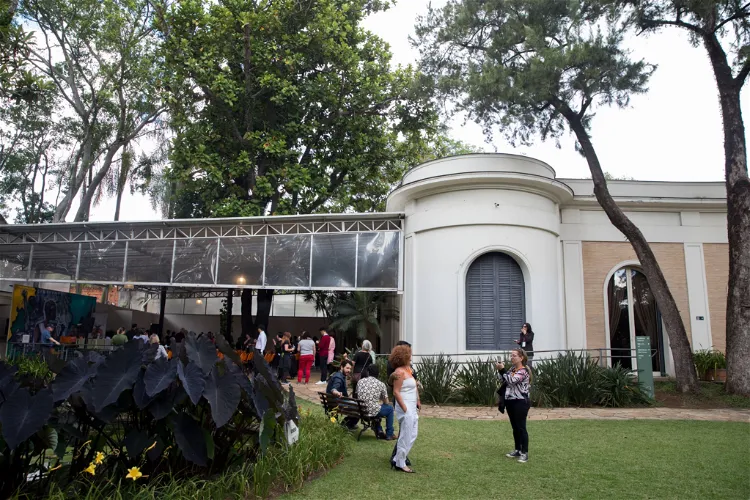
Ema Gordon Klabin Cultural Foundation
São PauloThe Ema Gordon Klabin Cultural Foundation, established in 1978, is an art museum located in the vibrant city of São Paulo, Brazil. This not-for-profit private institution was created by Brazilian collector and philanthropist Ema Gordon Klabin with the aim of preserving and showcasing her extensive art collection, as well as promoting cultural, artistic, and scientific activities.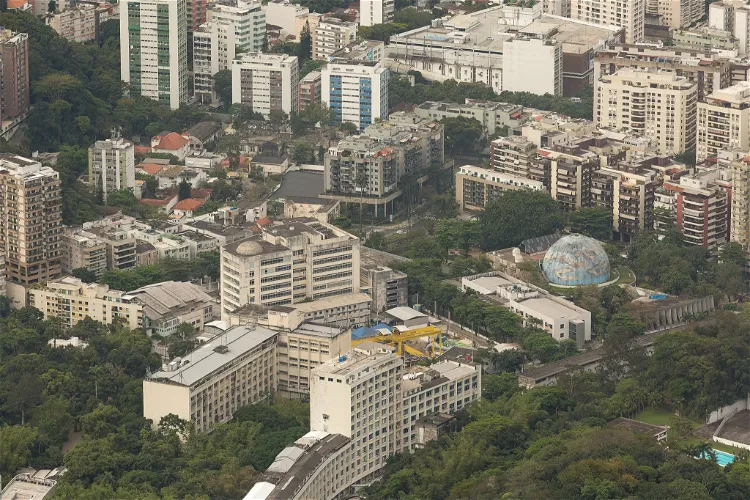
Fundação Planetário da Cidade do Rio de Janeiro
Rio de JaneiroThe Planetário da Cidade do Rio de Janeiro is open to the public from Tuesday to Friday between 9:00 and 17:00, on Saturdays from 14:30 to 19:00, and on Sundays from 15:30 to 18:00. These timings allow visitors to plan their visit accordingly and make the most of their time at the planetarium.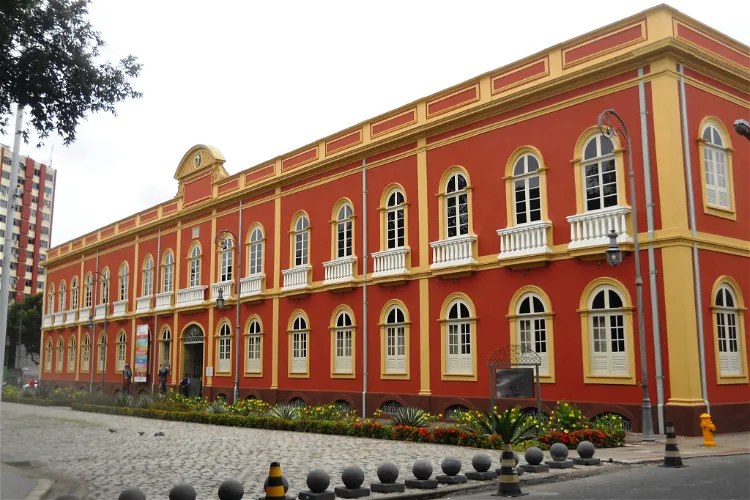
Provincial Palace
ManausThe Provincial Palace, also known as Palacete Provincial, is a significant historical site located in the heart of Manaus, the capital of the state of Amazonas. This centenary building has been a witness to many important events related to the social and political life of the people of Amazonas. It is situated in the historic center of the city, making it easily accessible for tourists.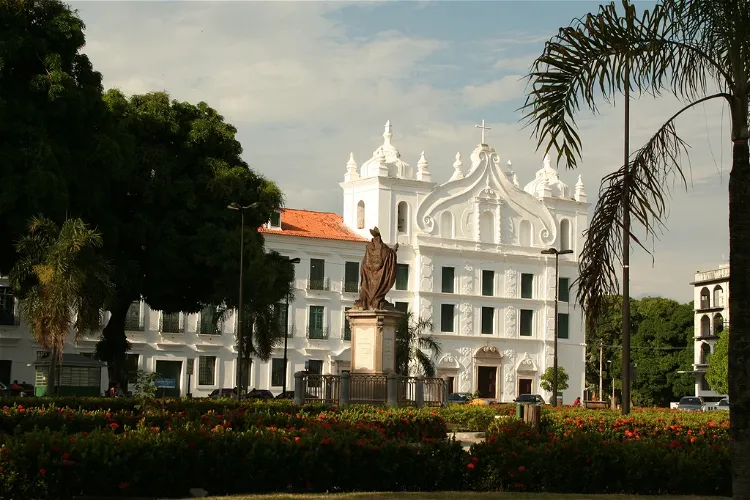
Igreja e Colégio de Santo Alexandre
BelémThe old Jesuit complex, which is one of the most important still existing in the country, is now home to the Museu de Arte Sacra do Pará. This museum showcases a rich collection of 17th and 18th century paintings and sculptures from the Amazon region, making it a must-visit for art and history enthusiasts.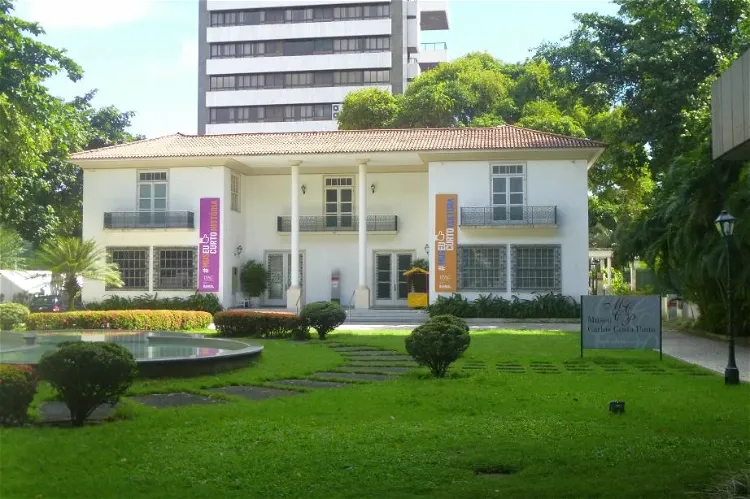
Carlos Costa Pinto Museum
SalvadorThe Carlos Costa Pinto Museum is situated on Avenida Sete de Setembro, in Salvador, Bahia, Brazil. This location is easily accessible and offers a unique cultural experience for tourists visiting the area.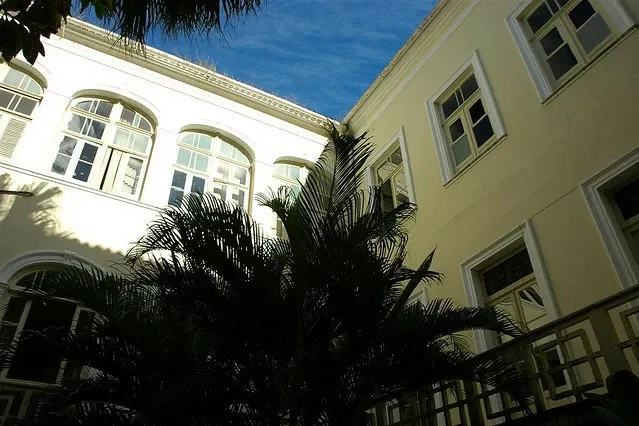
Museu de Arqueologia e Etnologia da Universidade Federal da Bahia
SalvadorThe Museu de Arqueologia e Etnologia (MAE) is situated in the vibrant city of Salvador. Specifically, it can be found at the Largo Terreiro de Jesus, housed within the building of the Faculty of Medicine of the Federal University of Bahia, in the historic district of Pelourinho. This location is not only central but also steeped in history, making it an interesting destination for tourists.